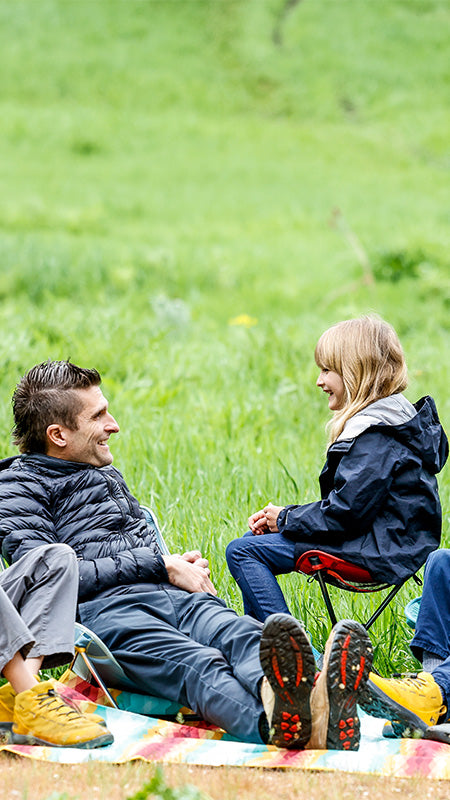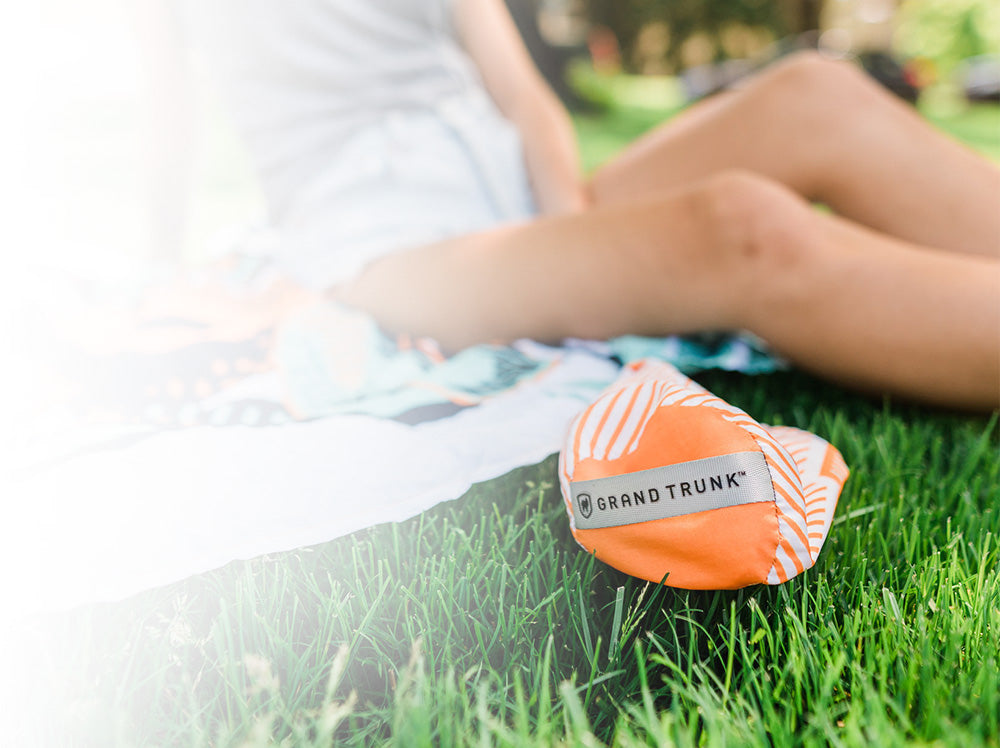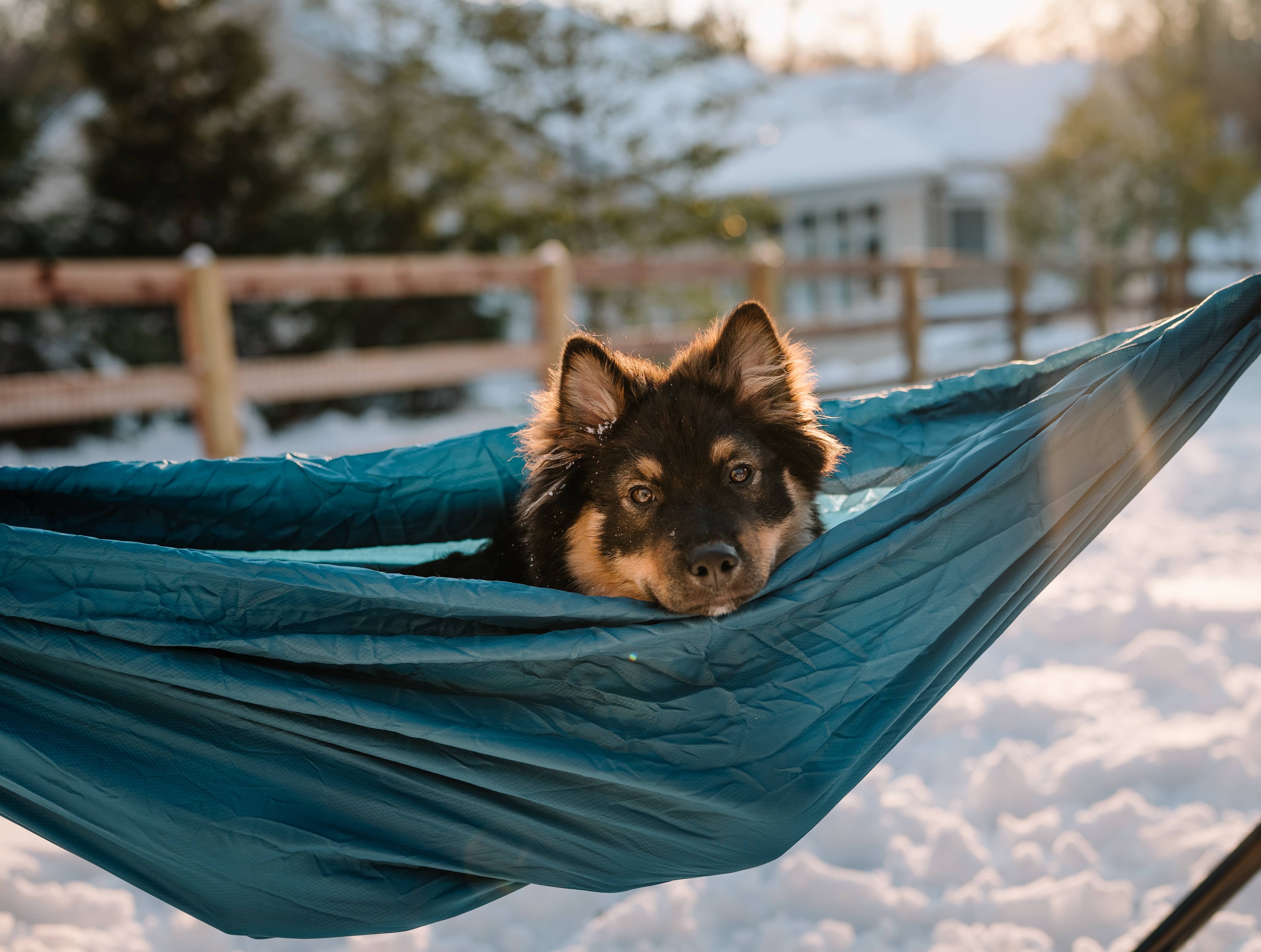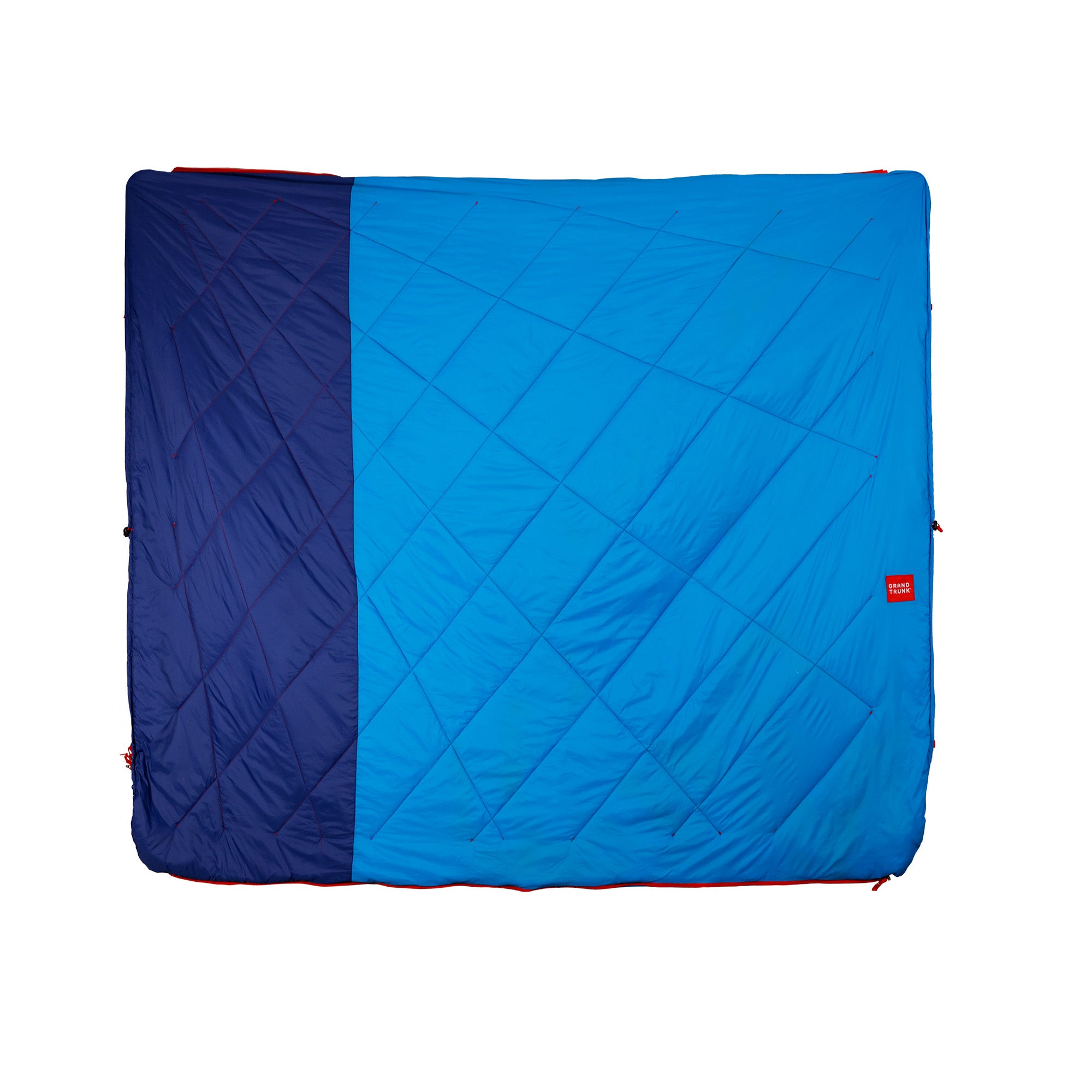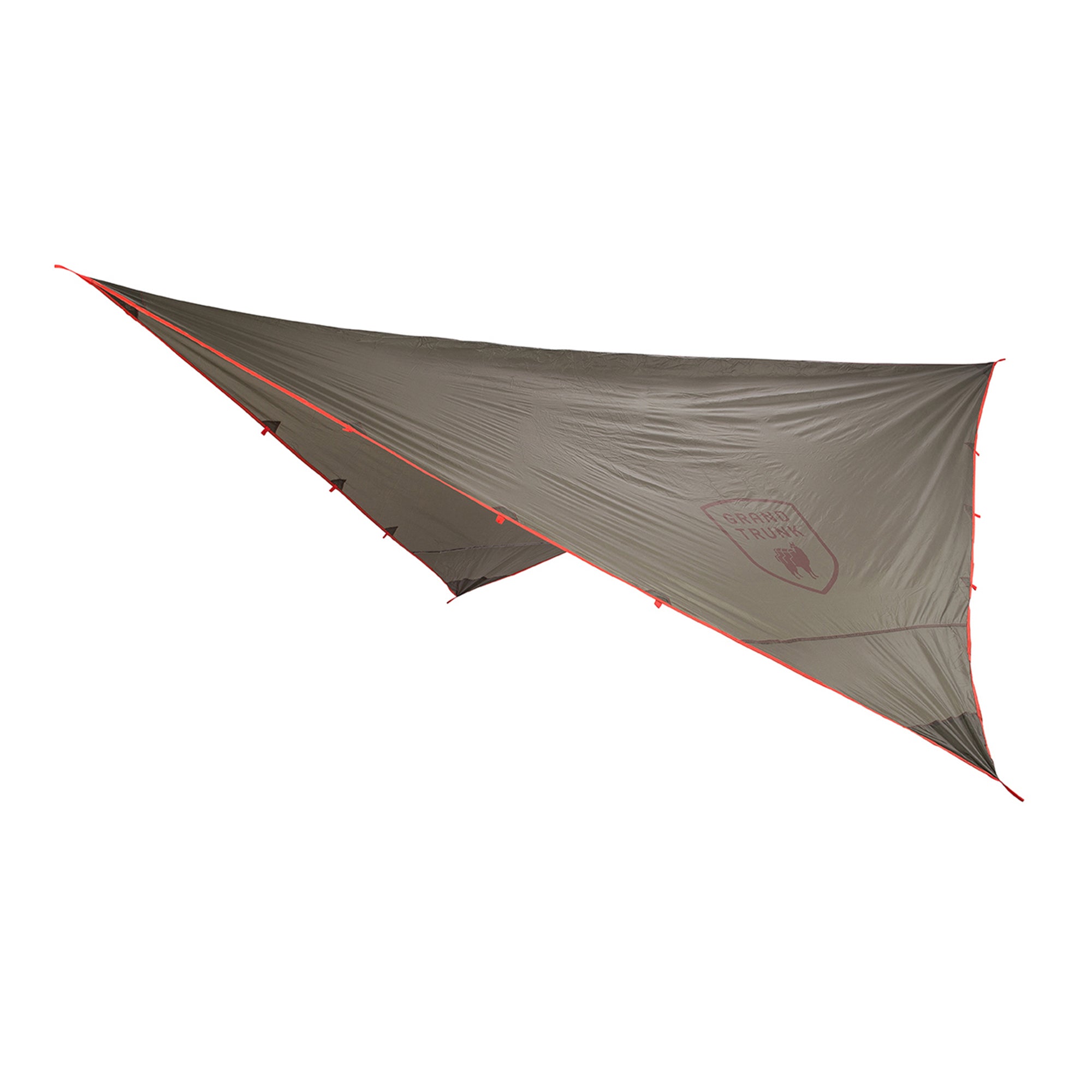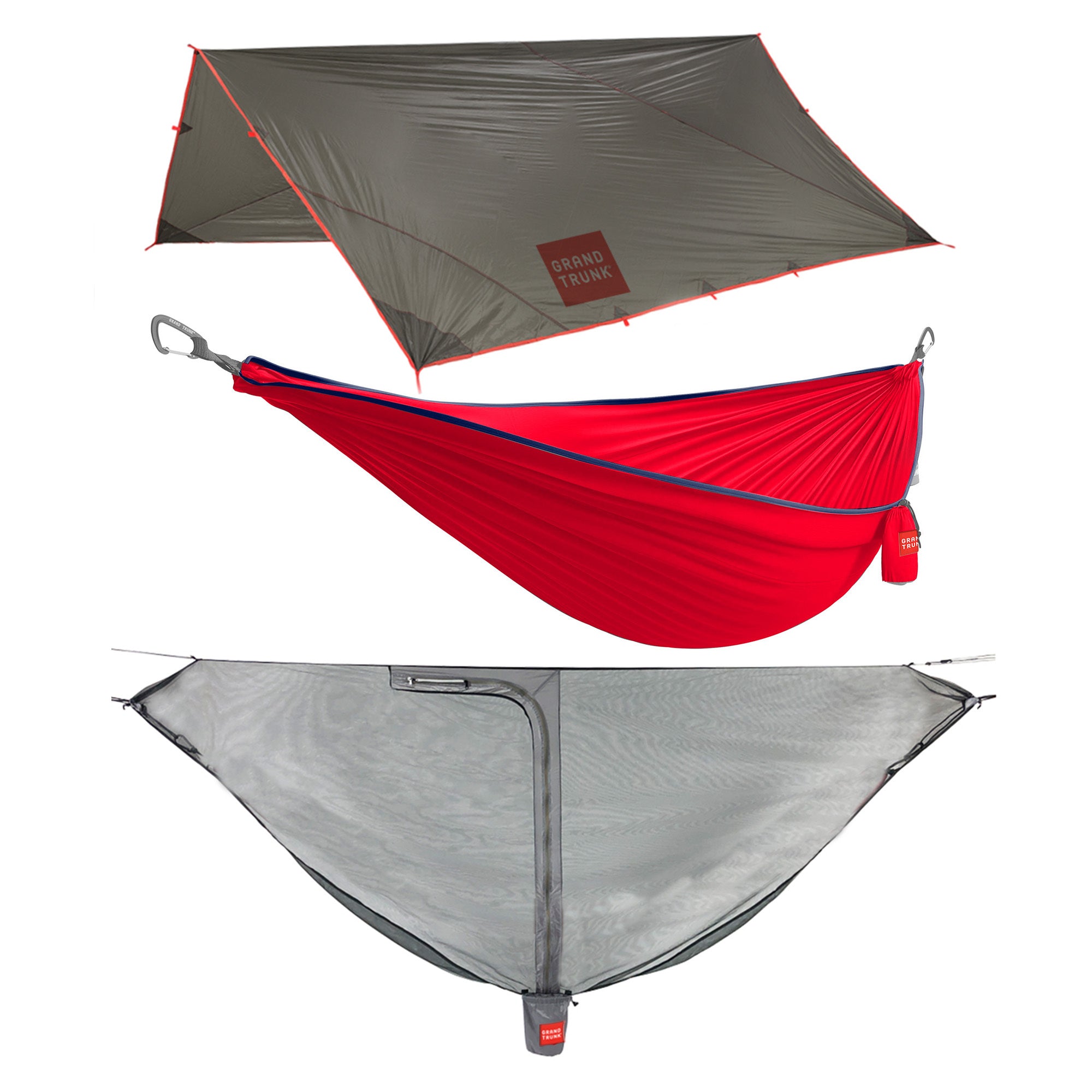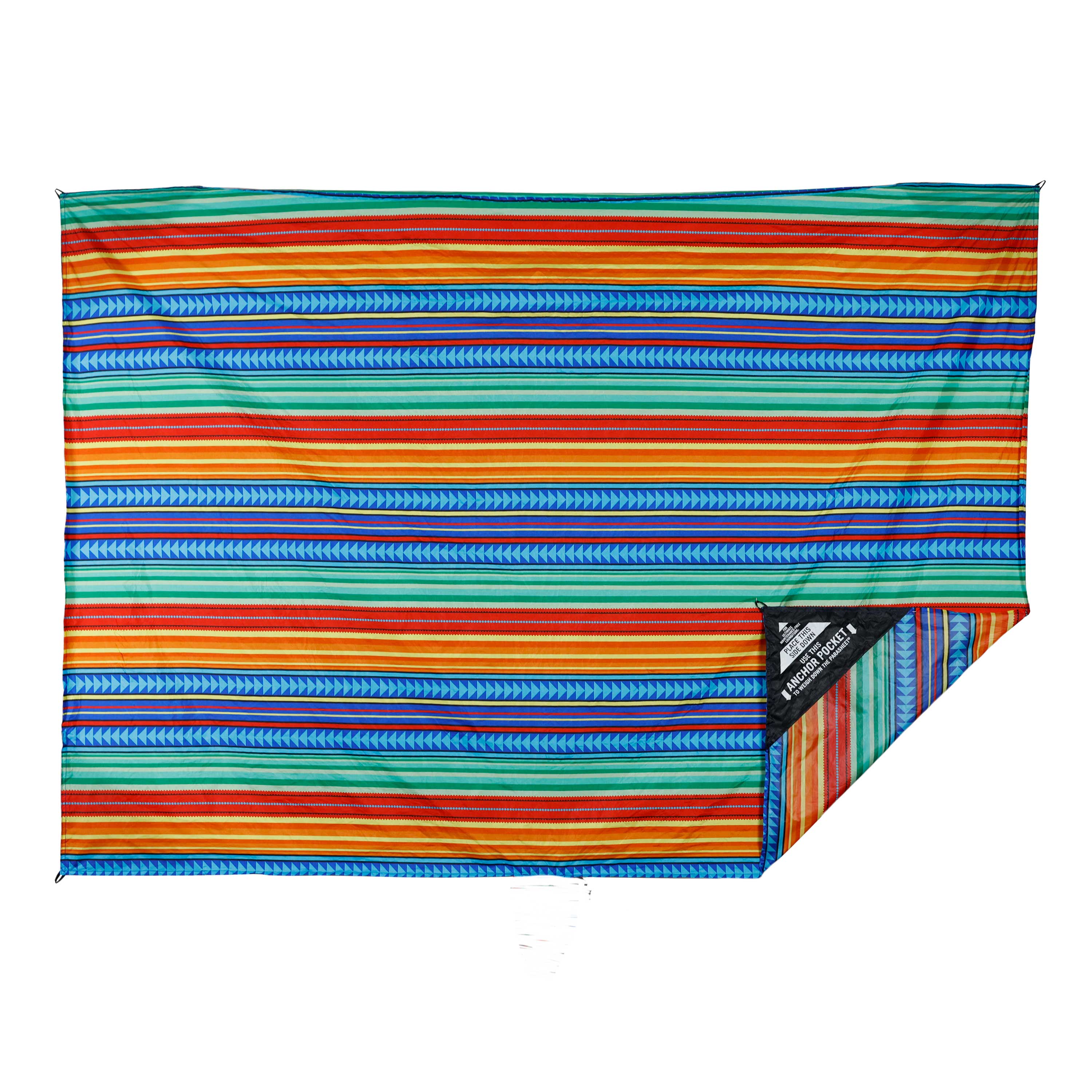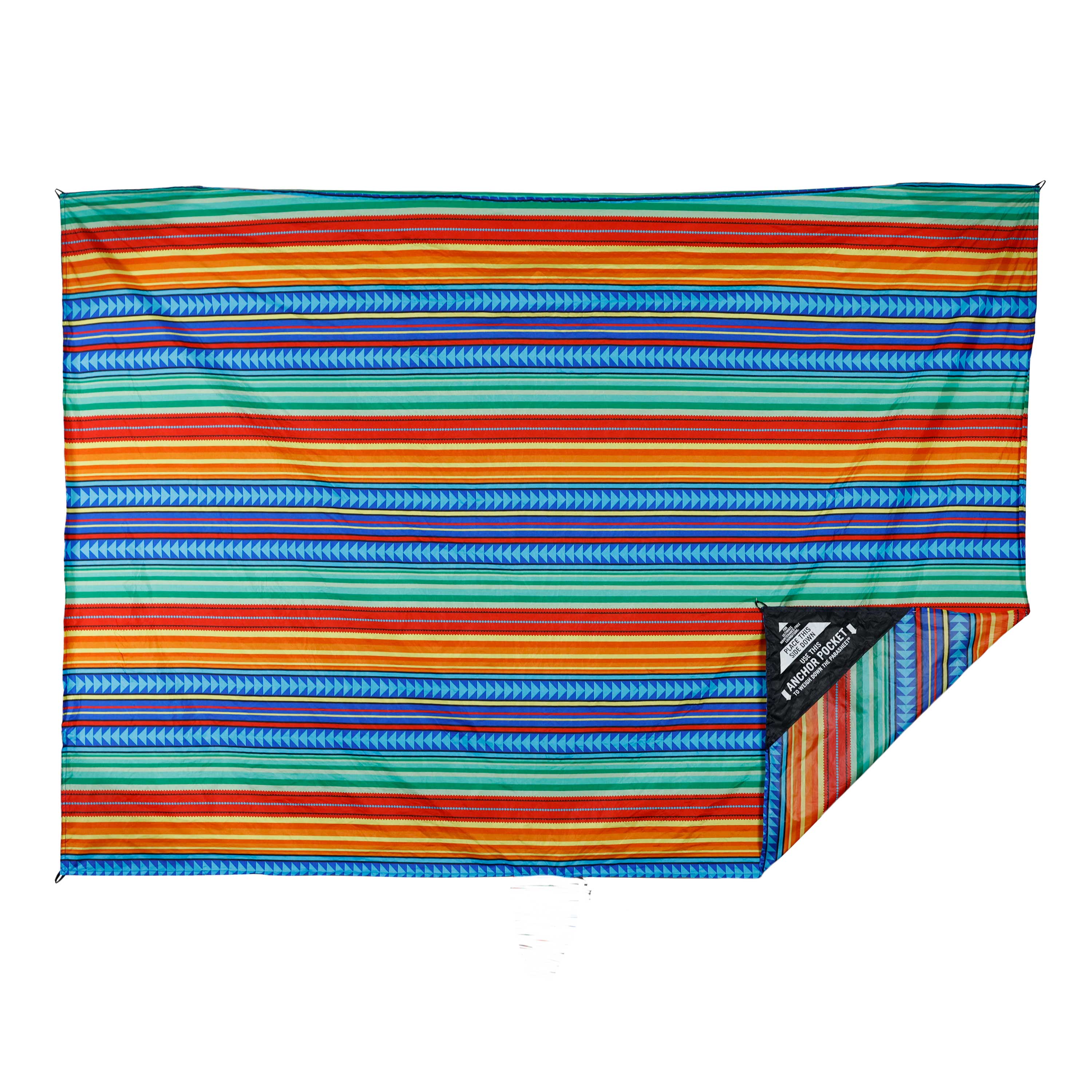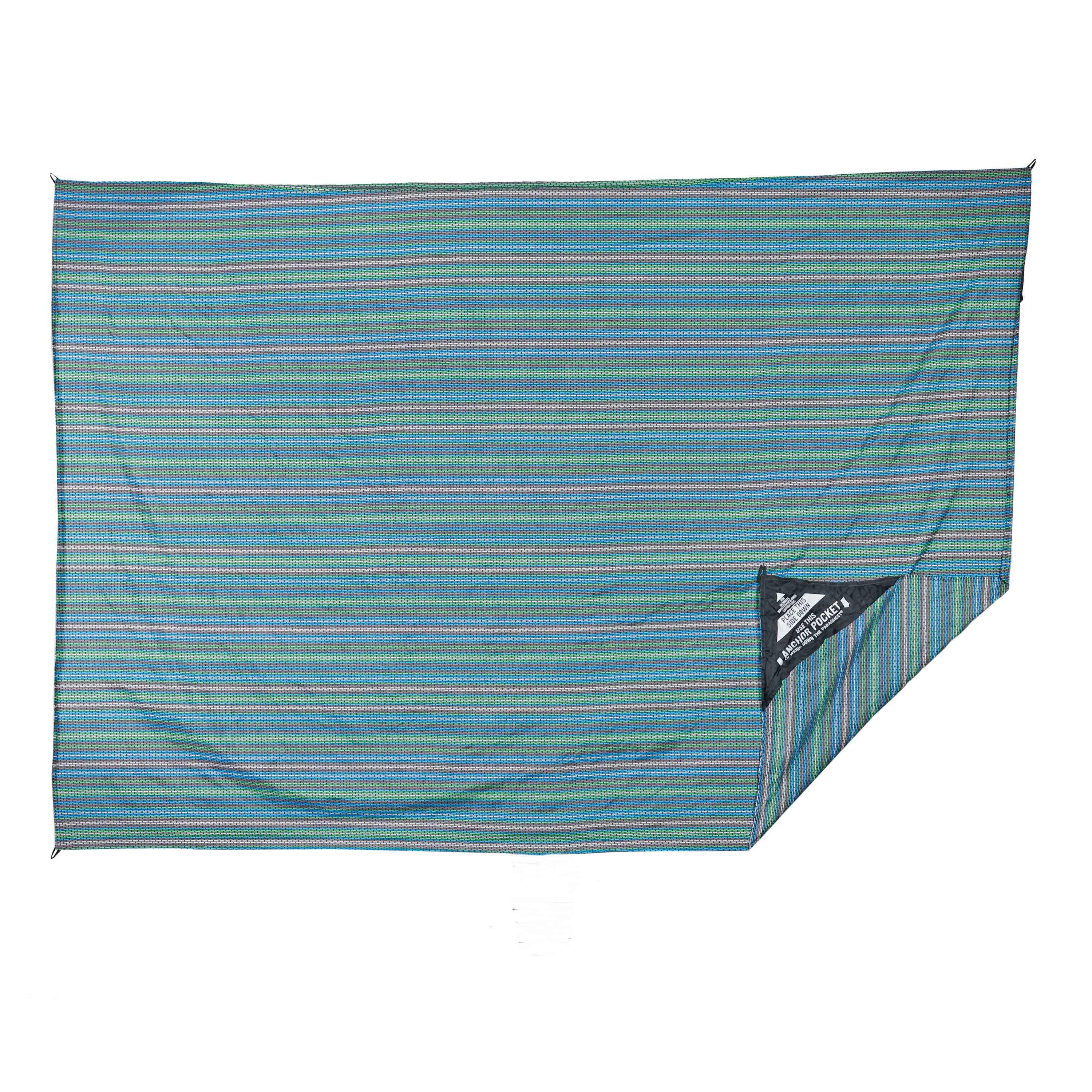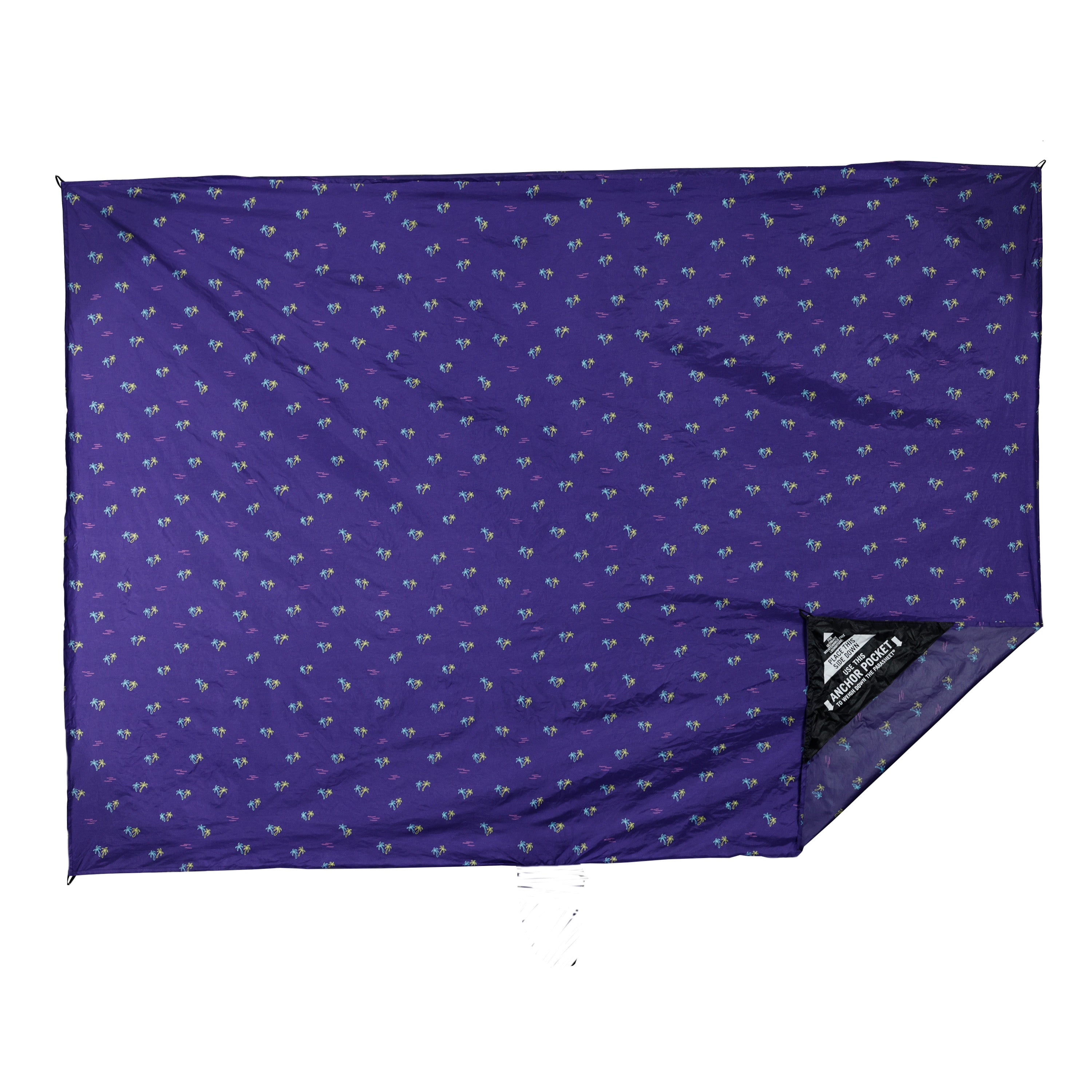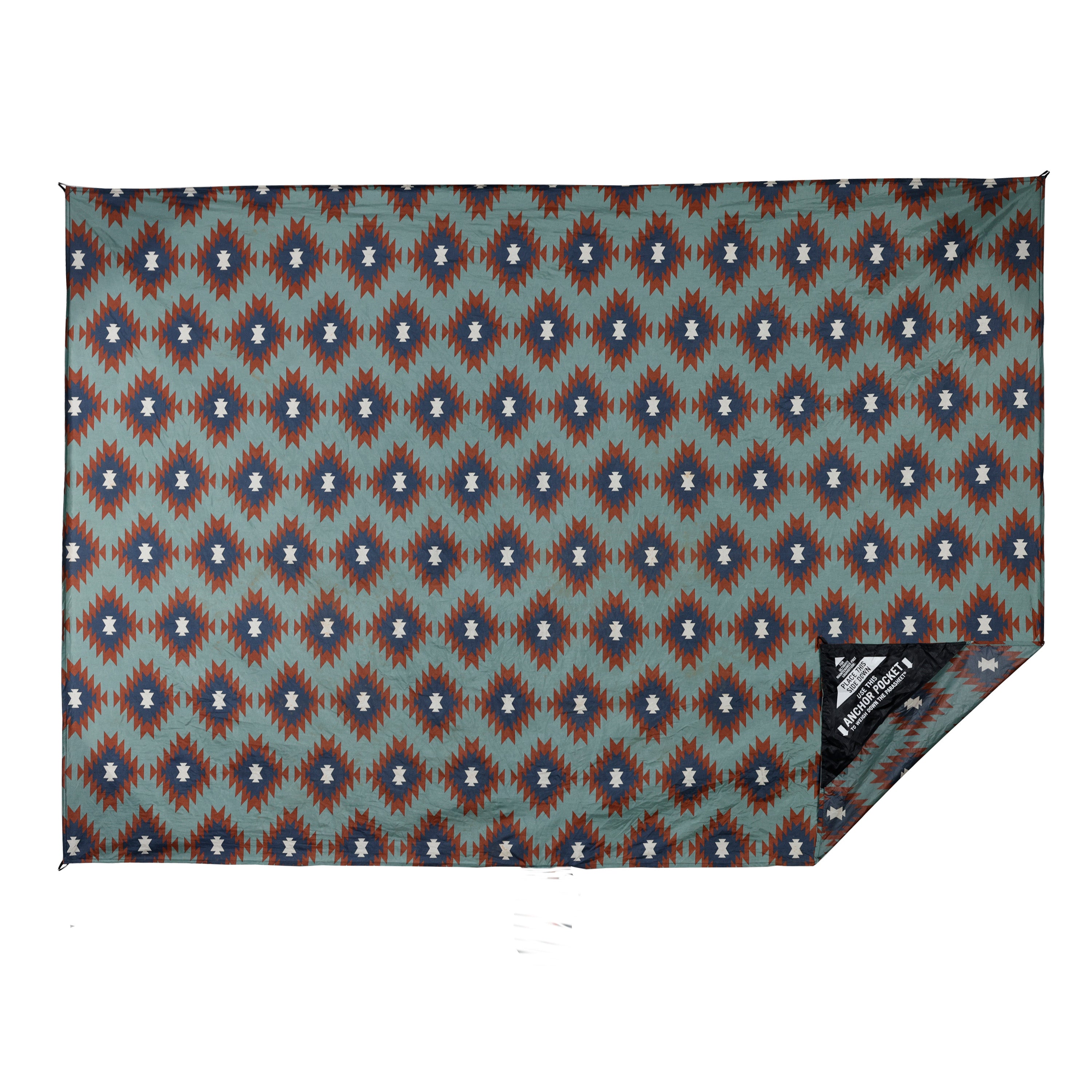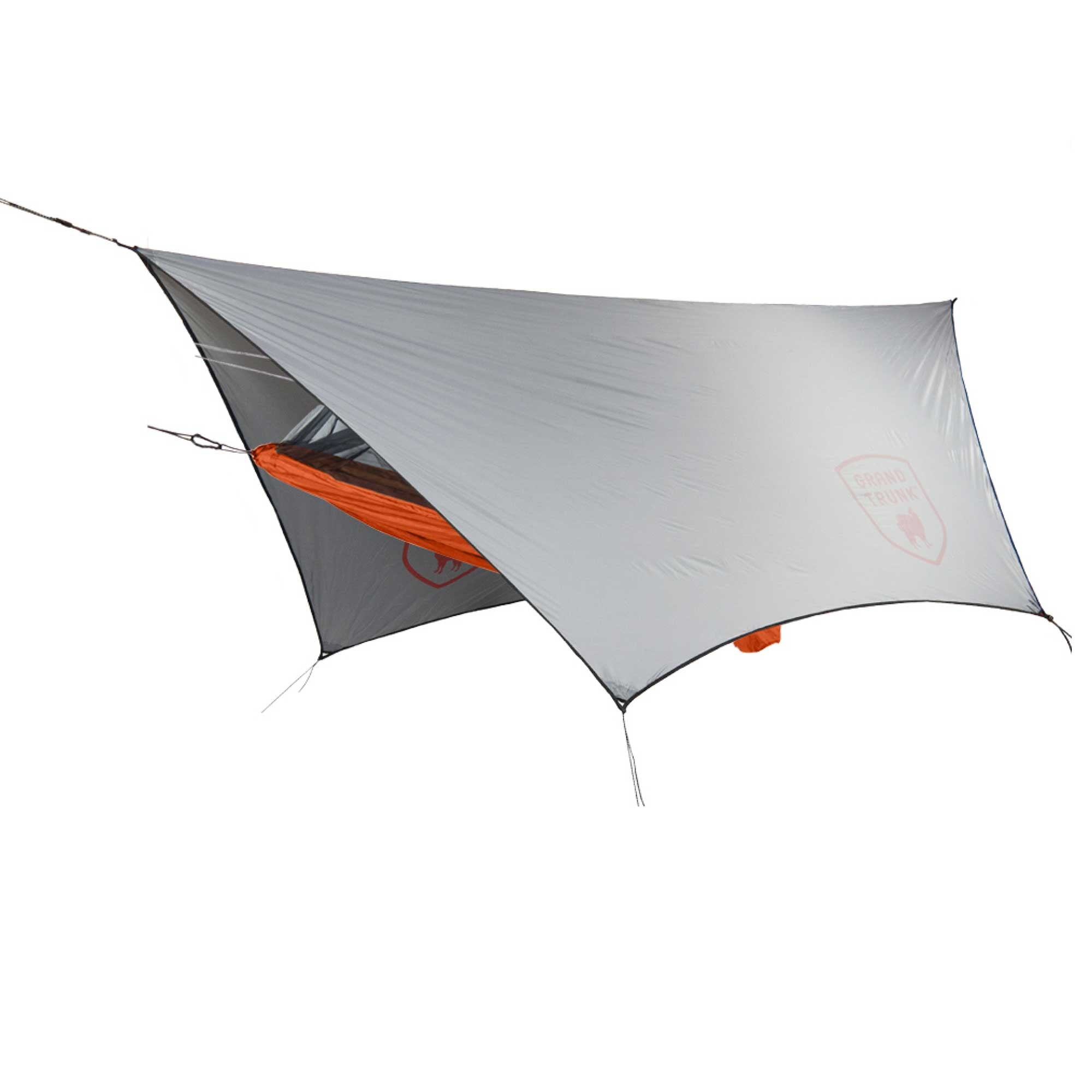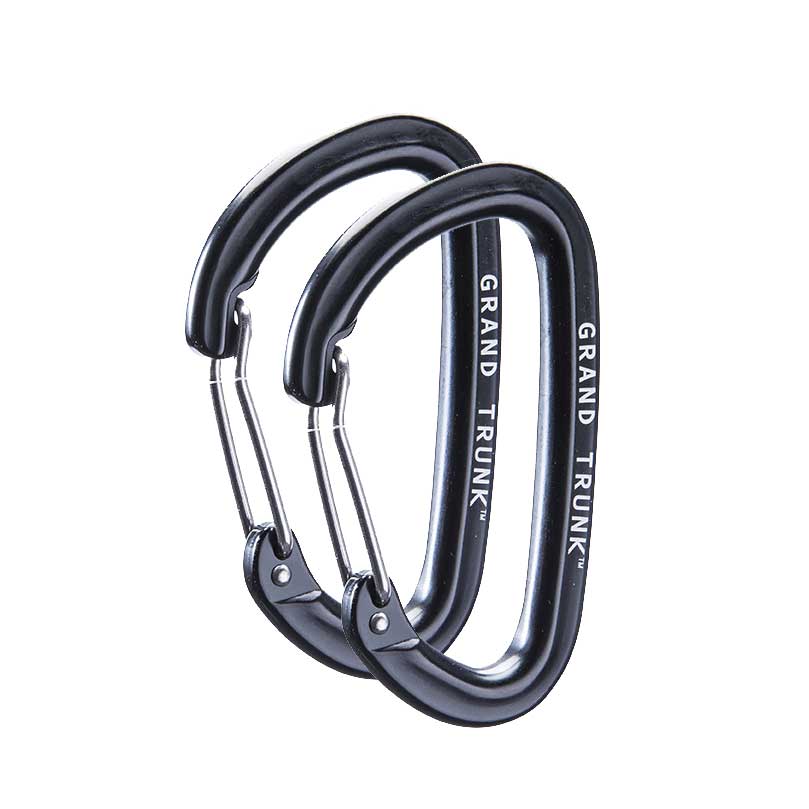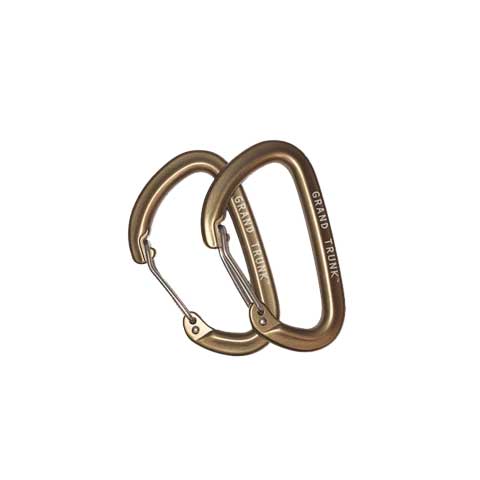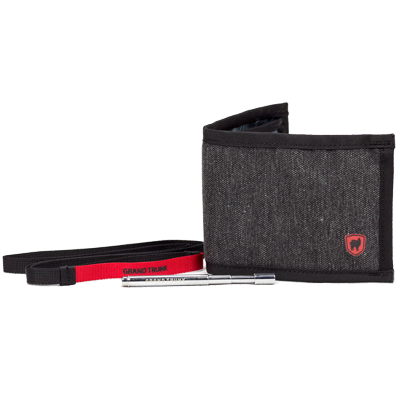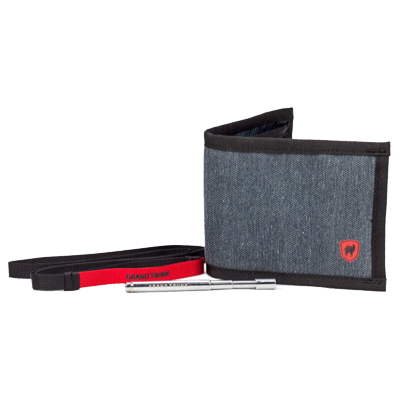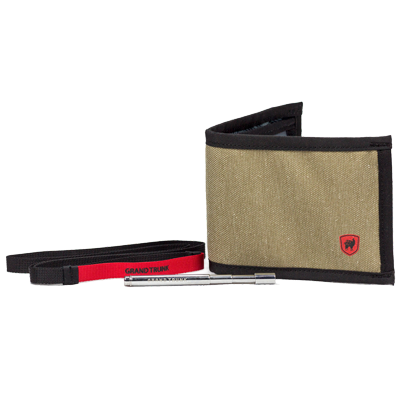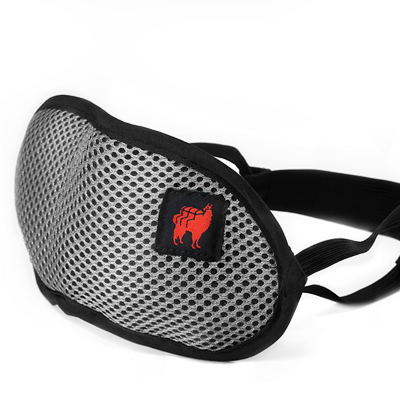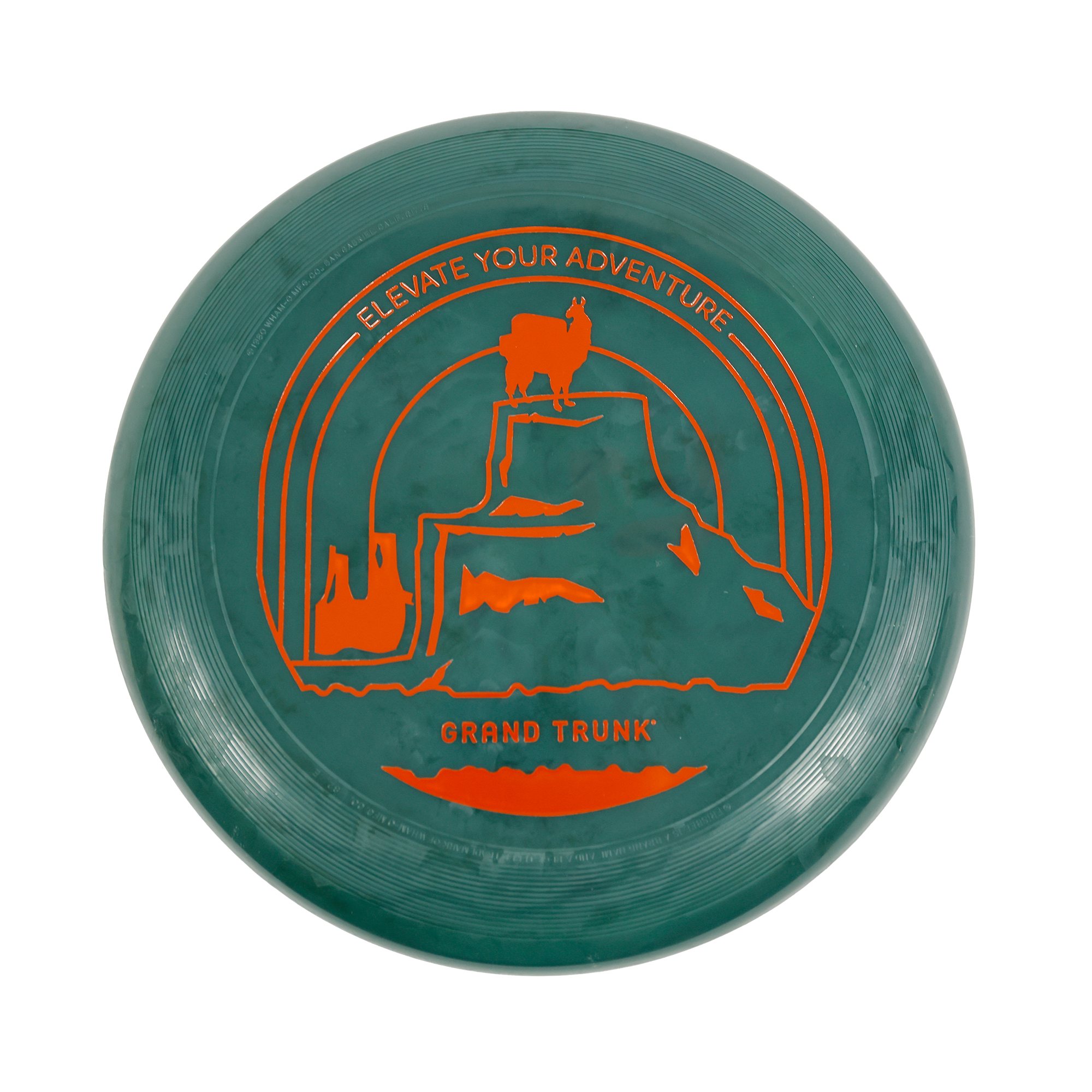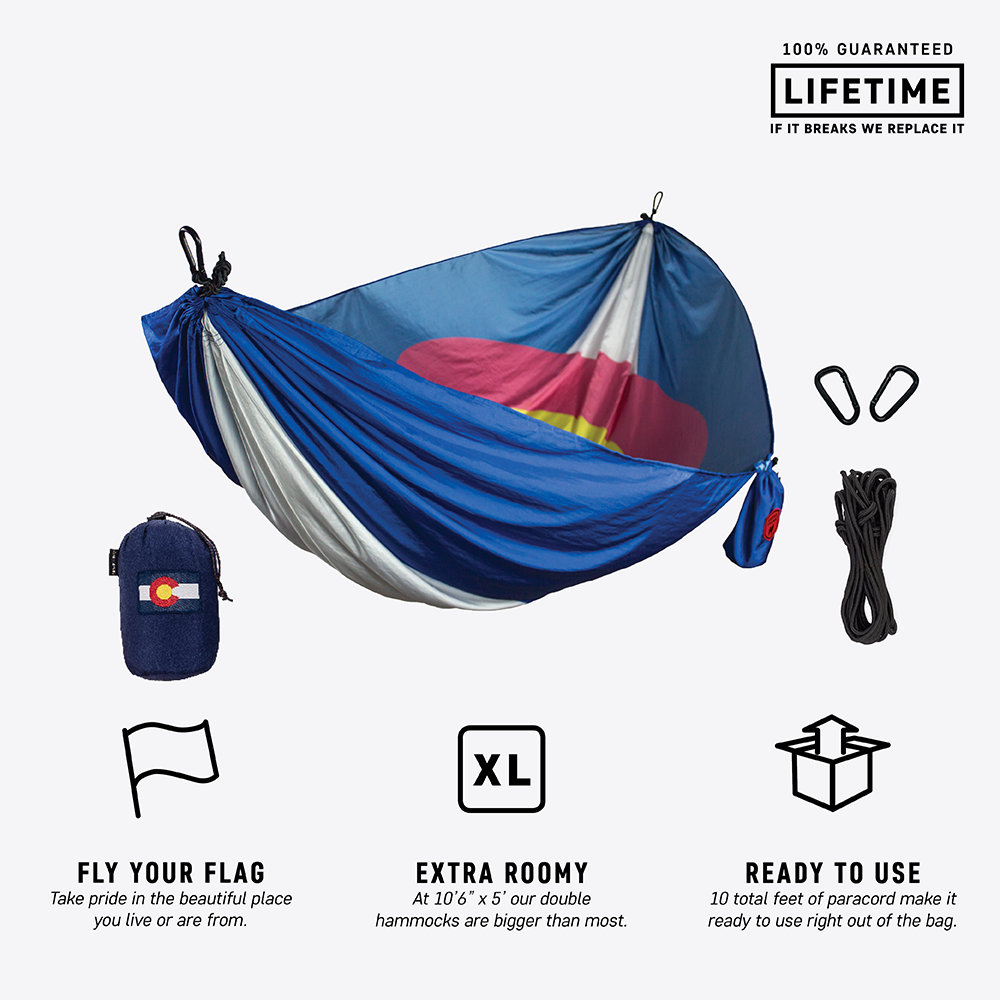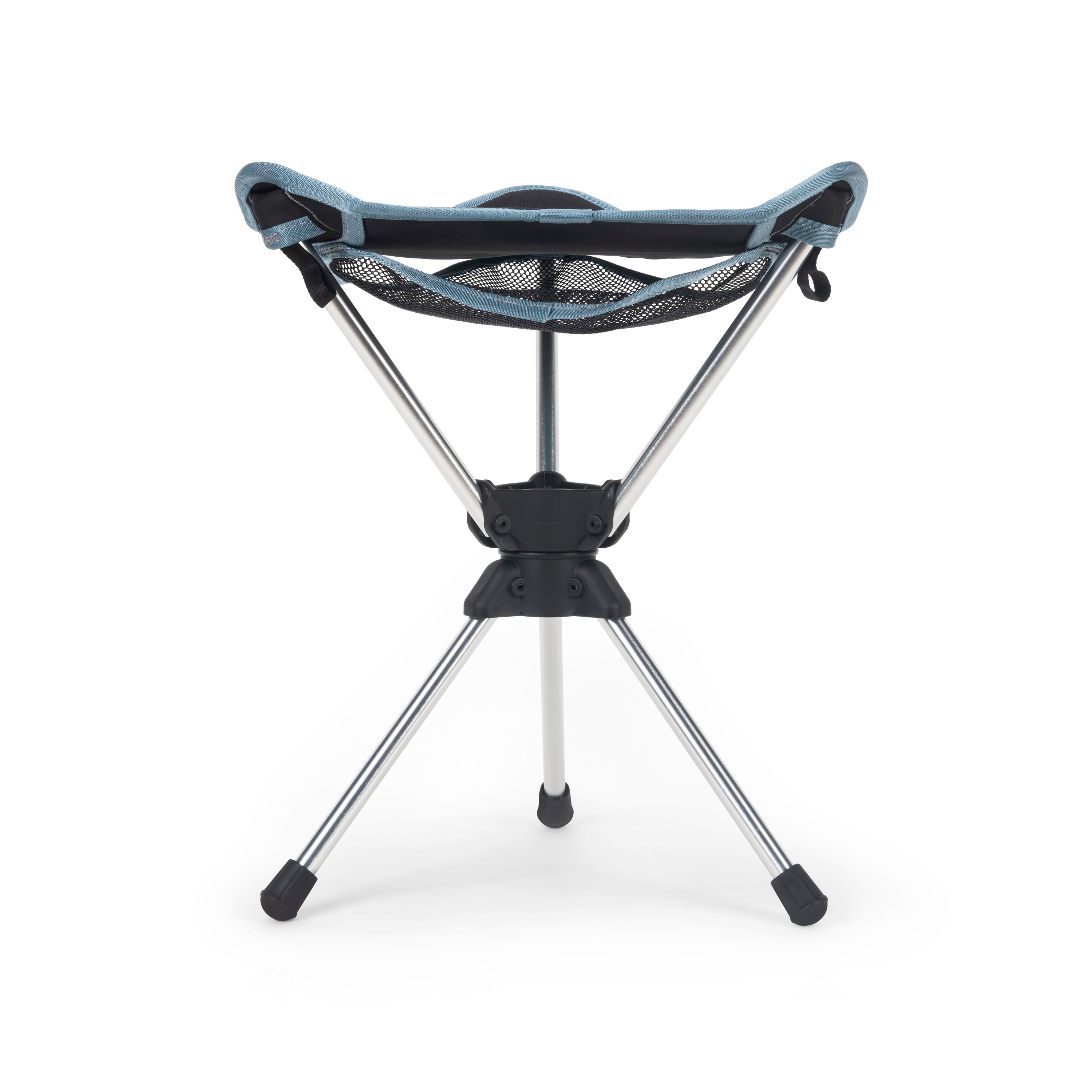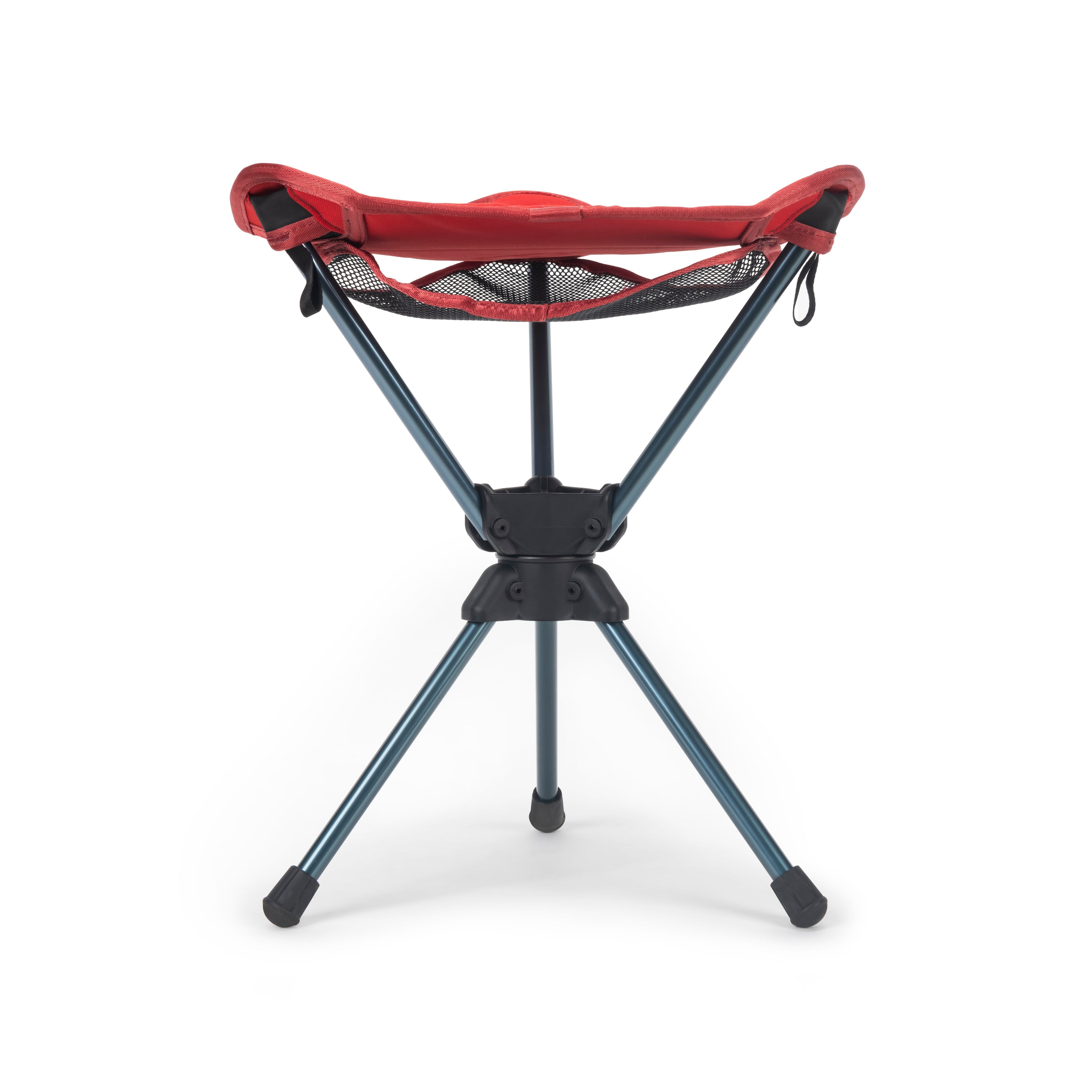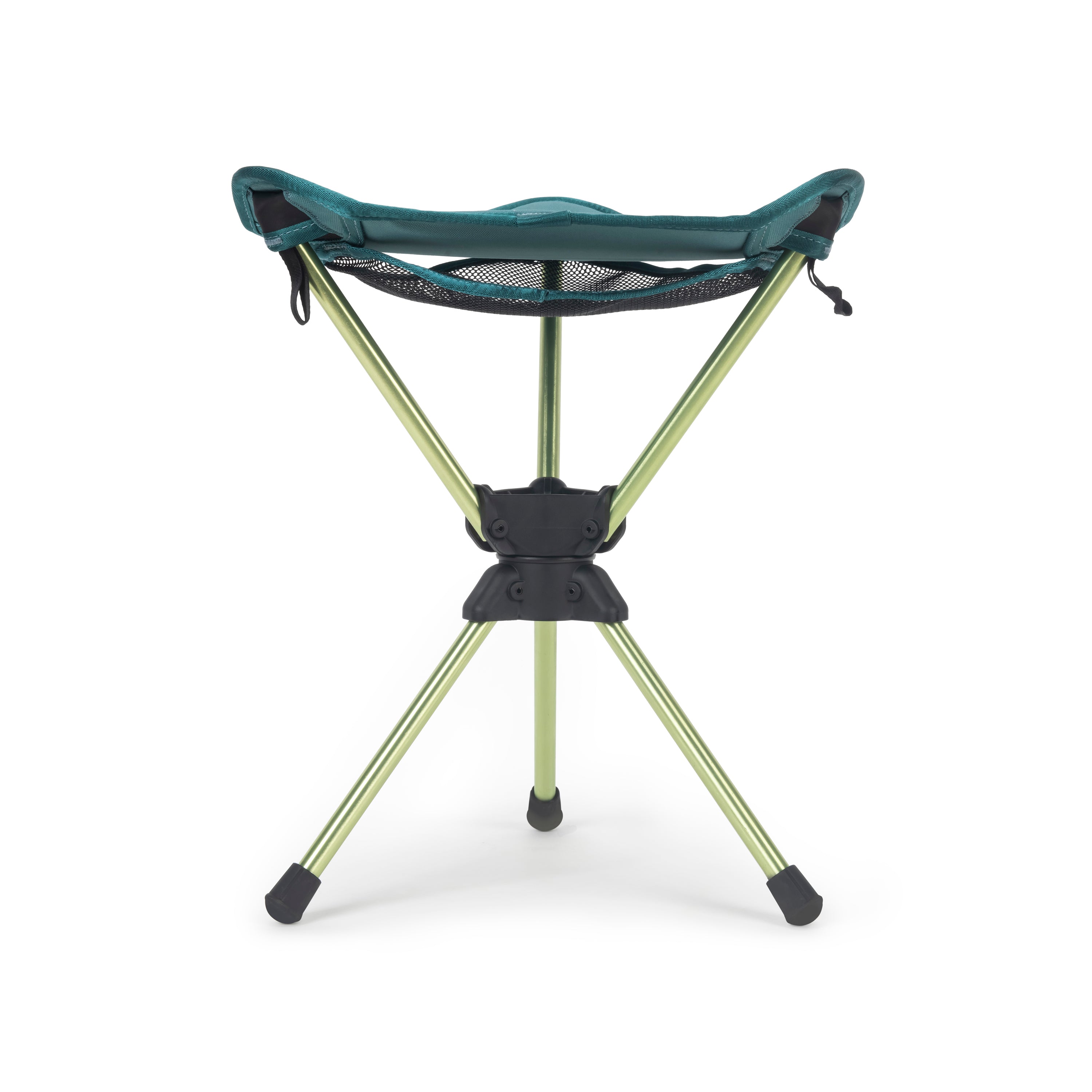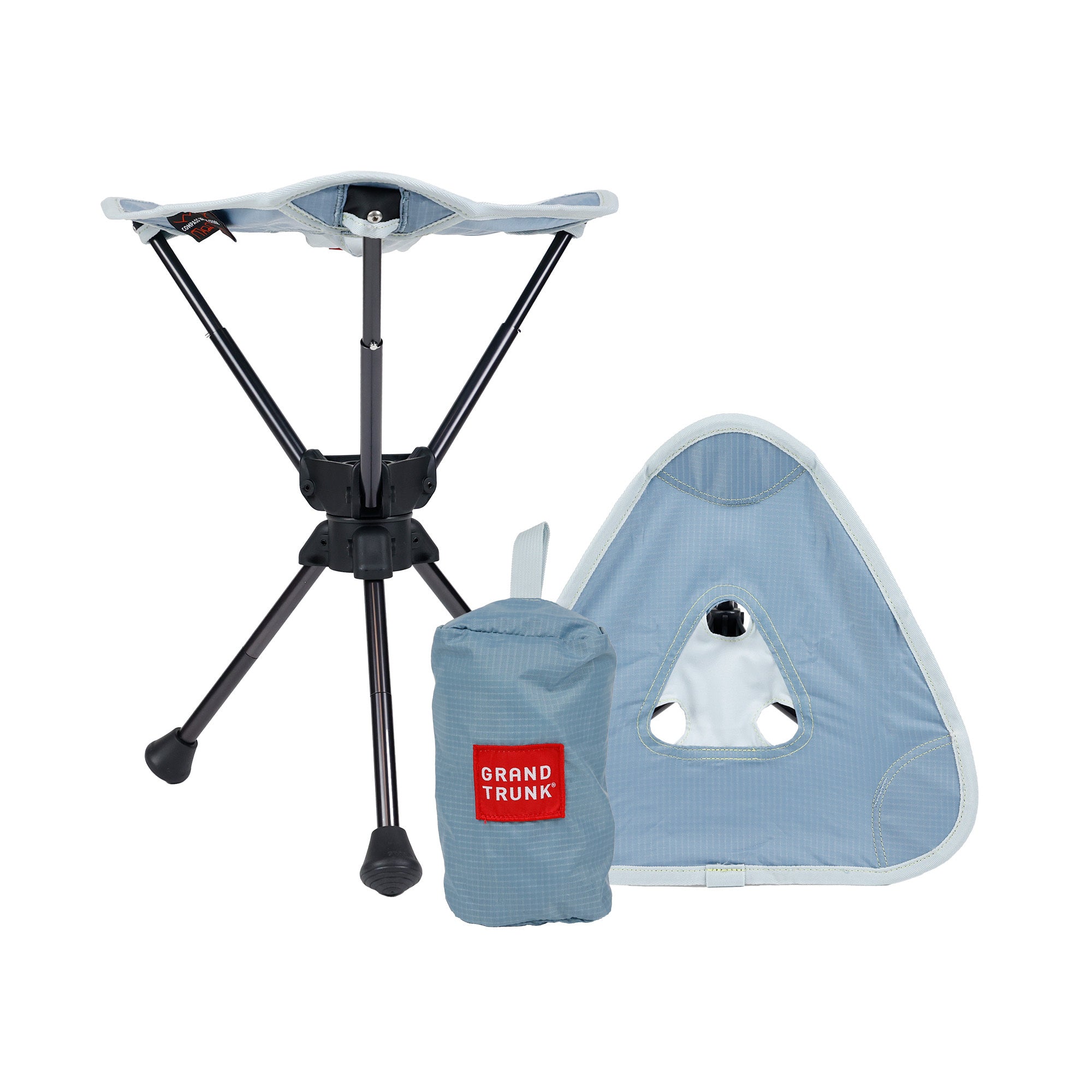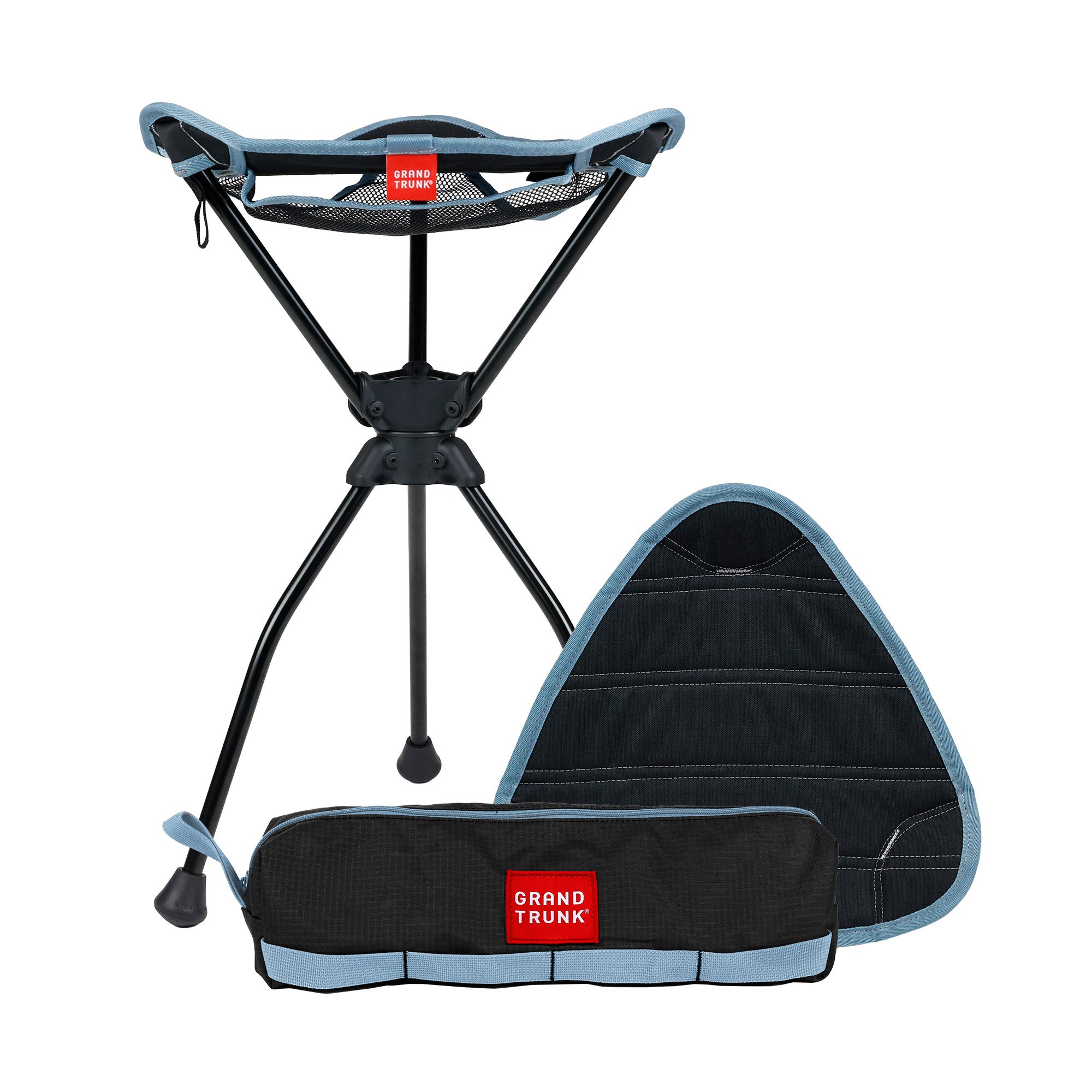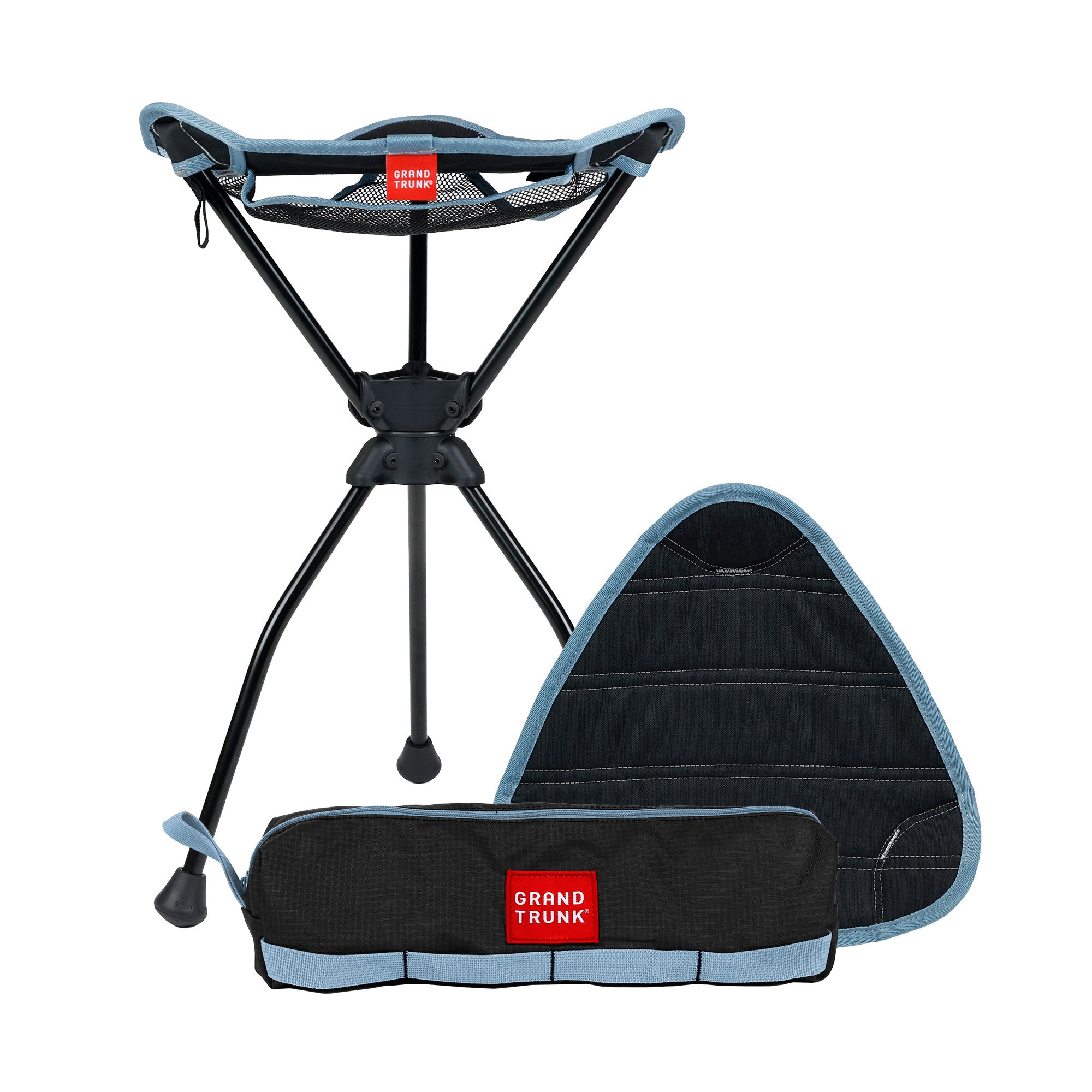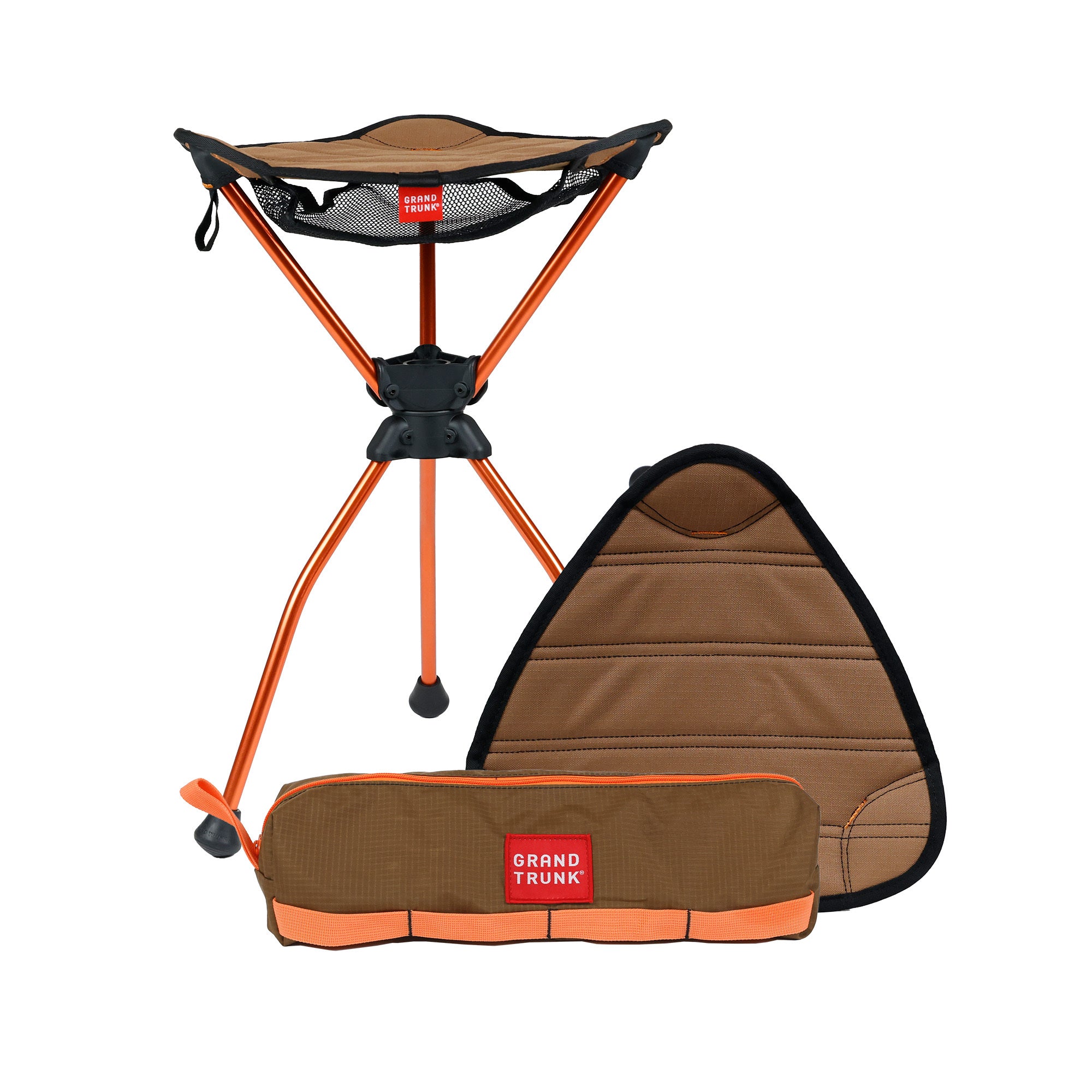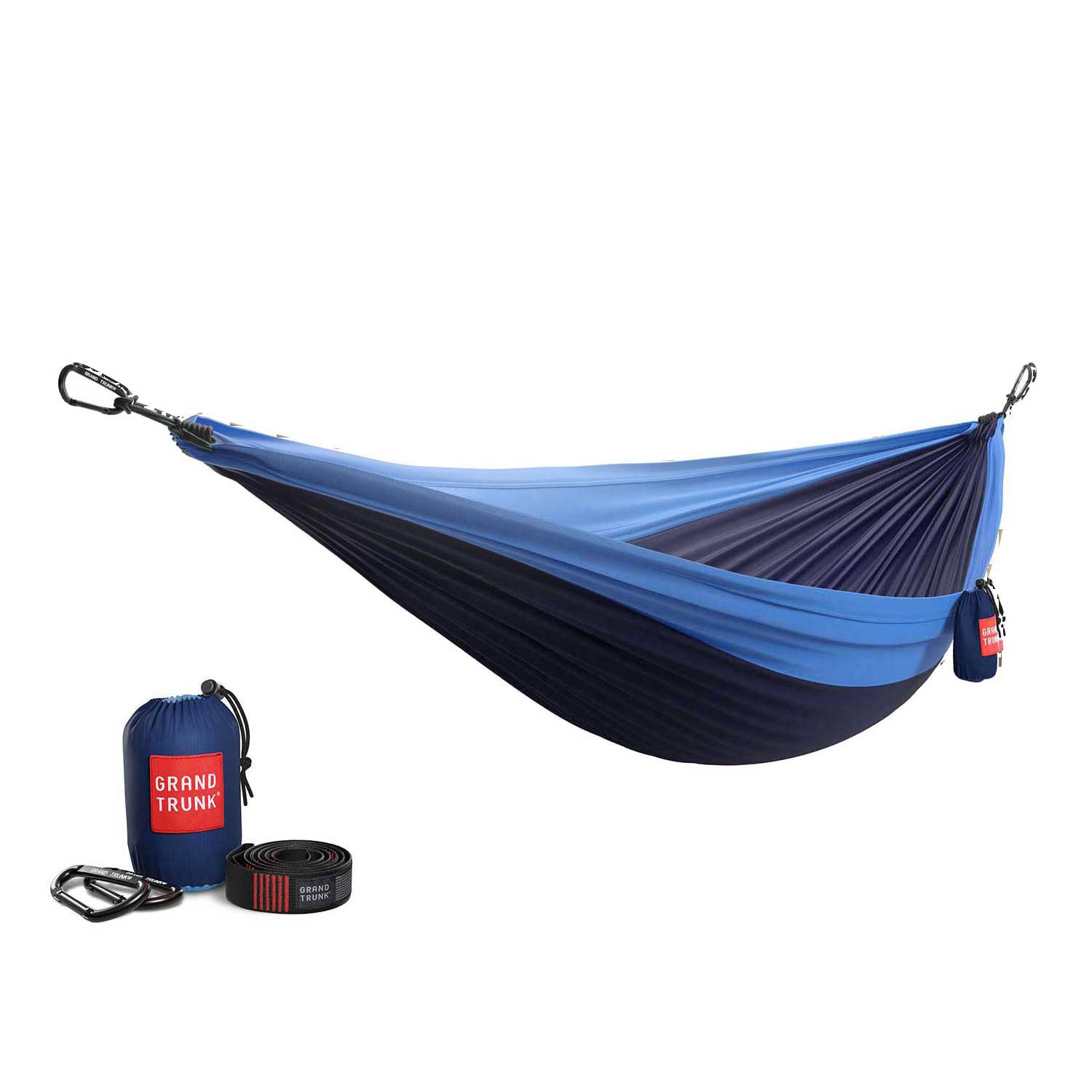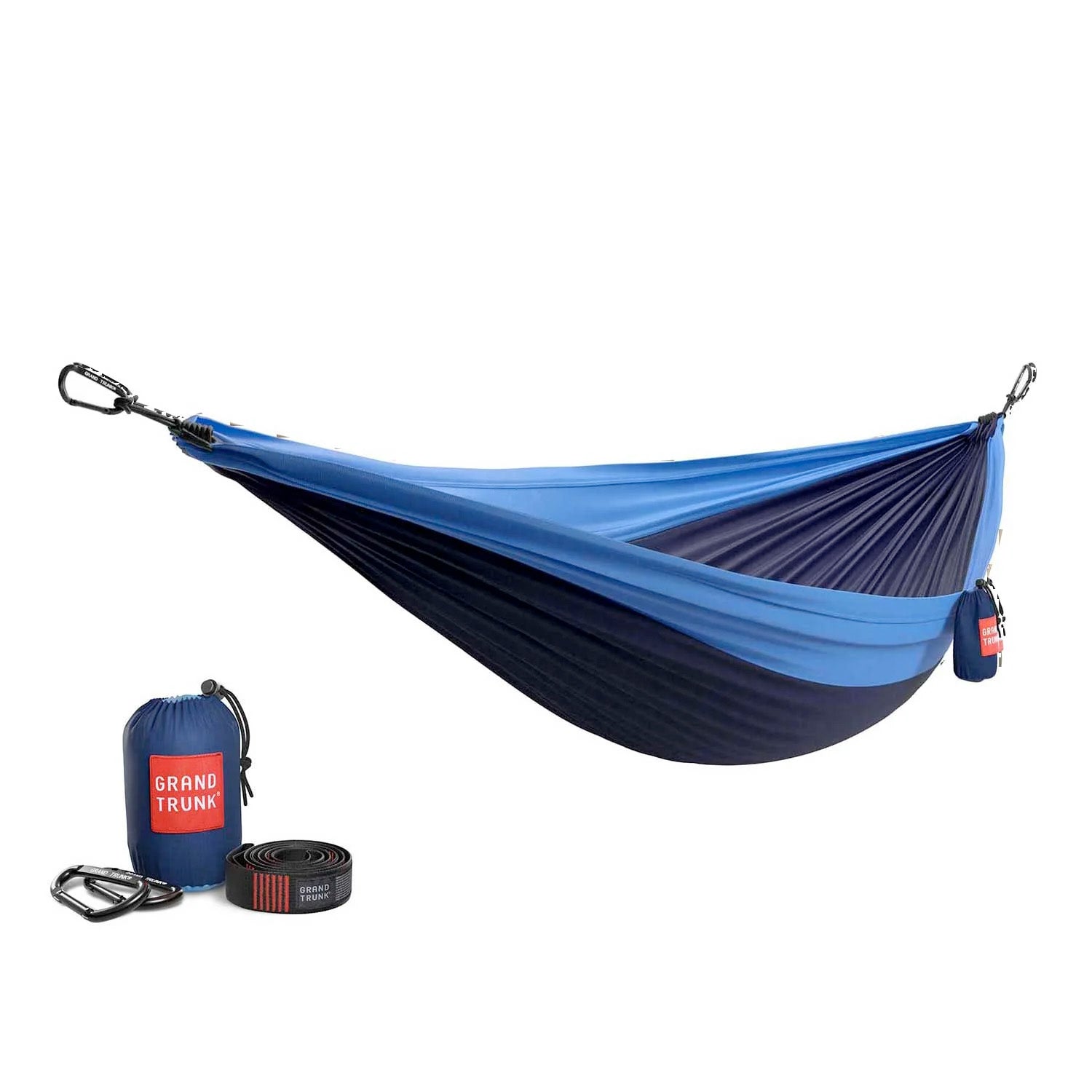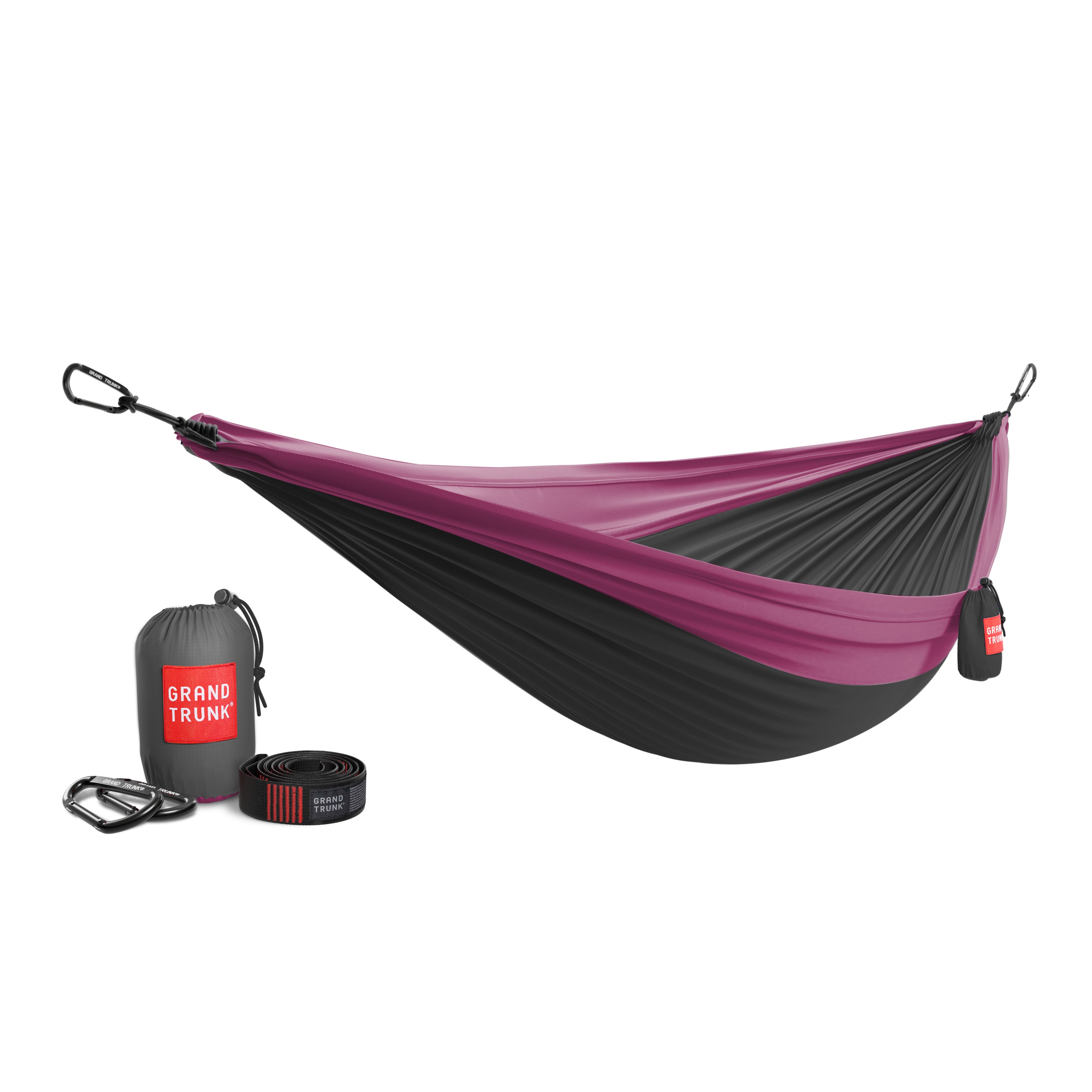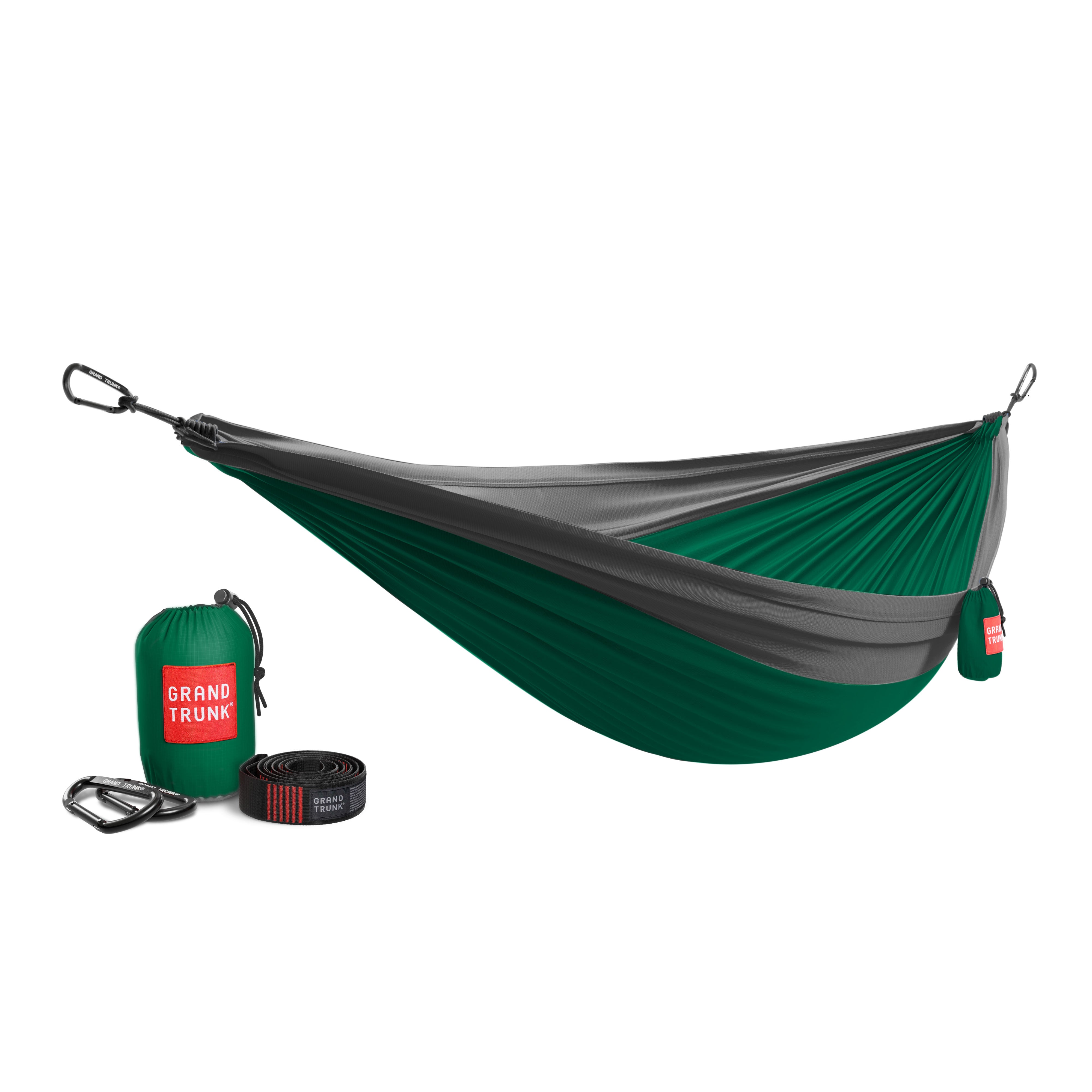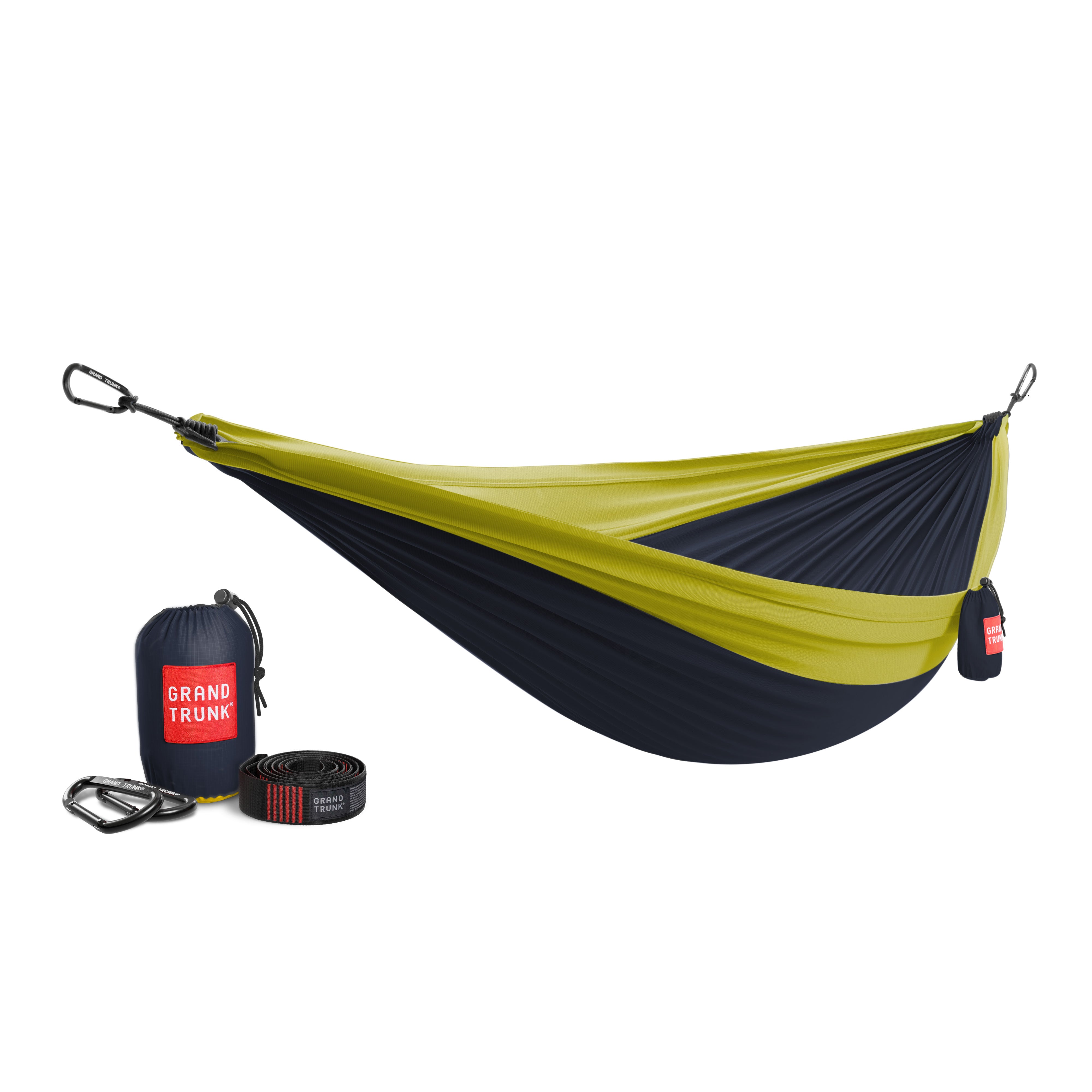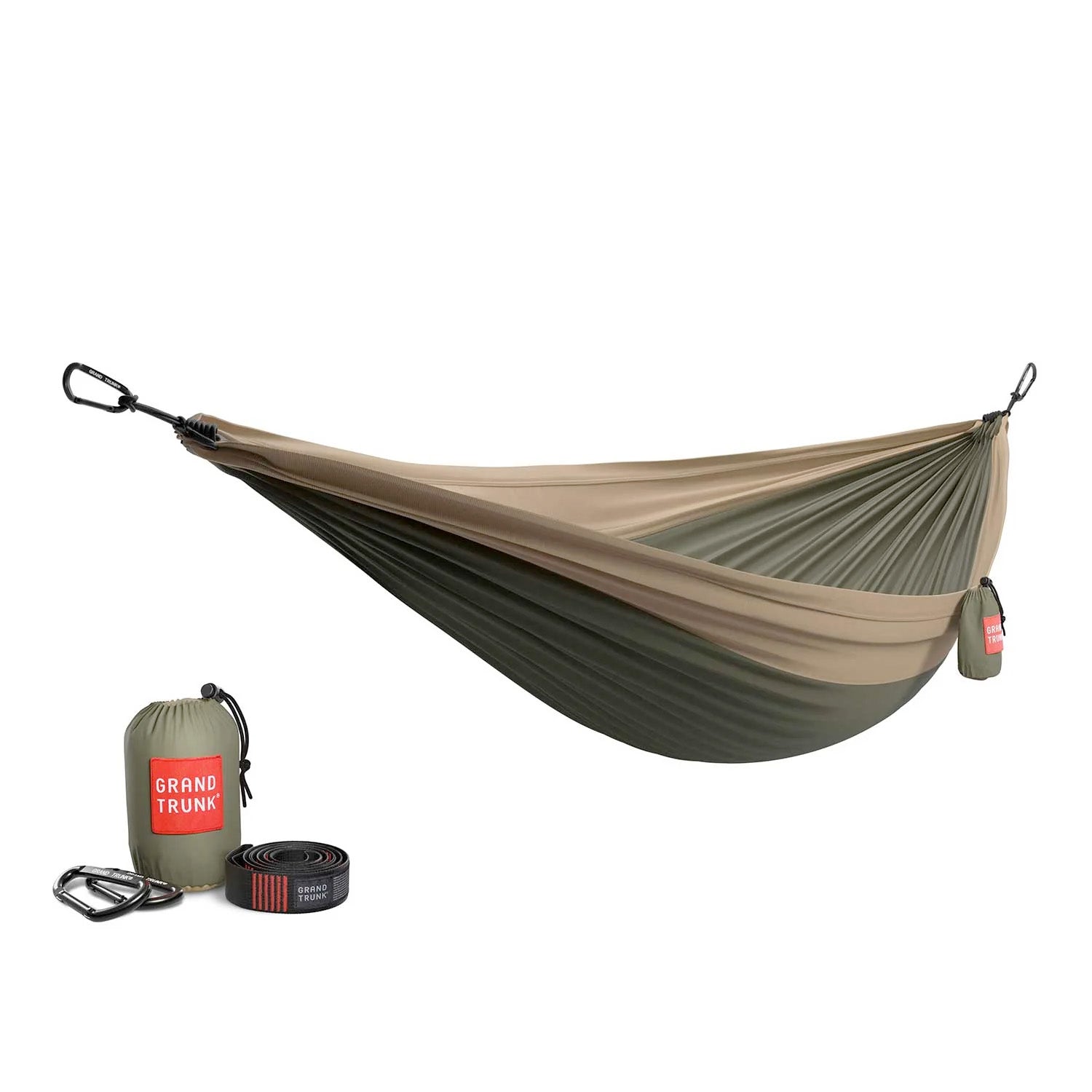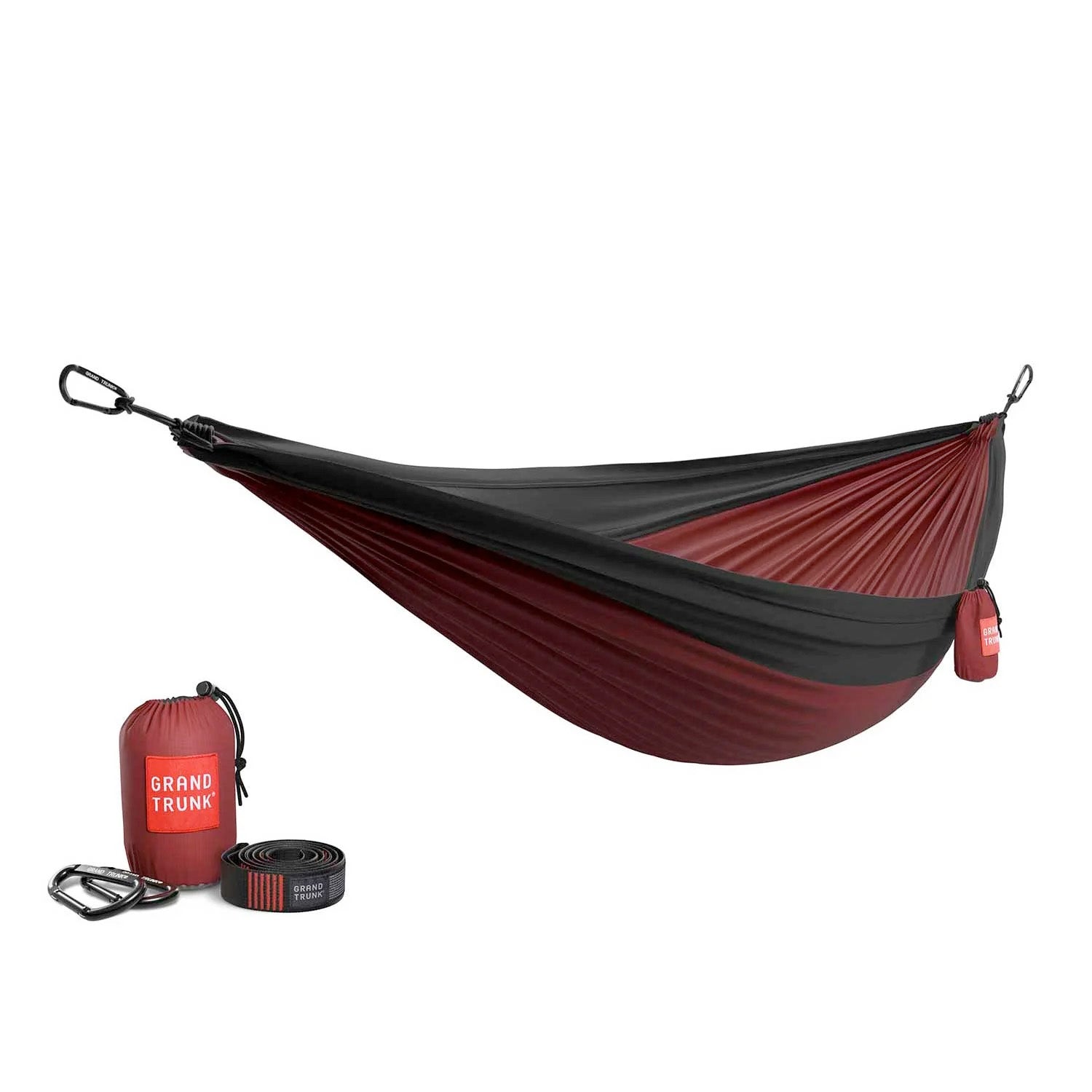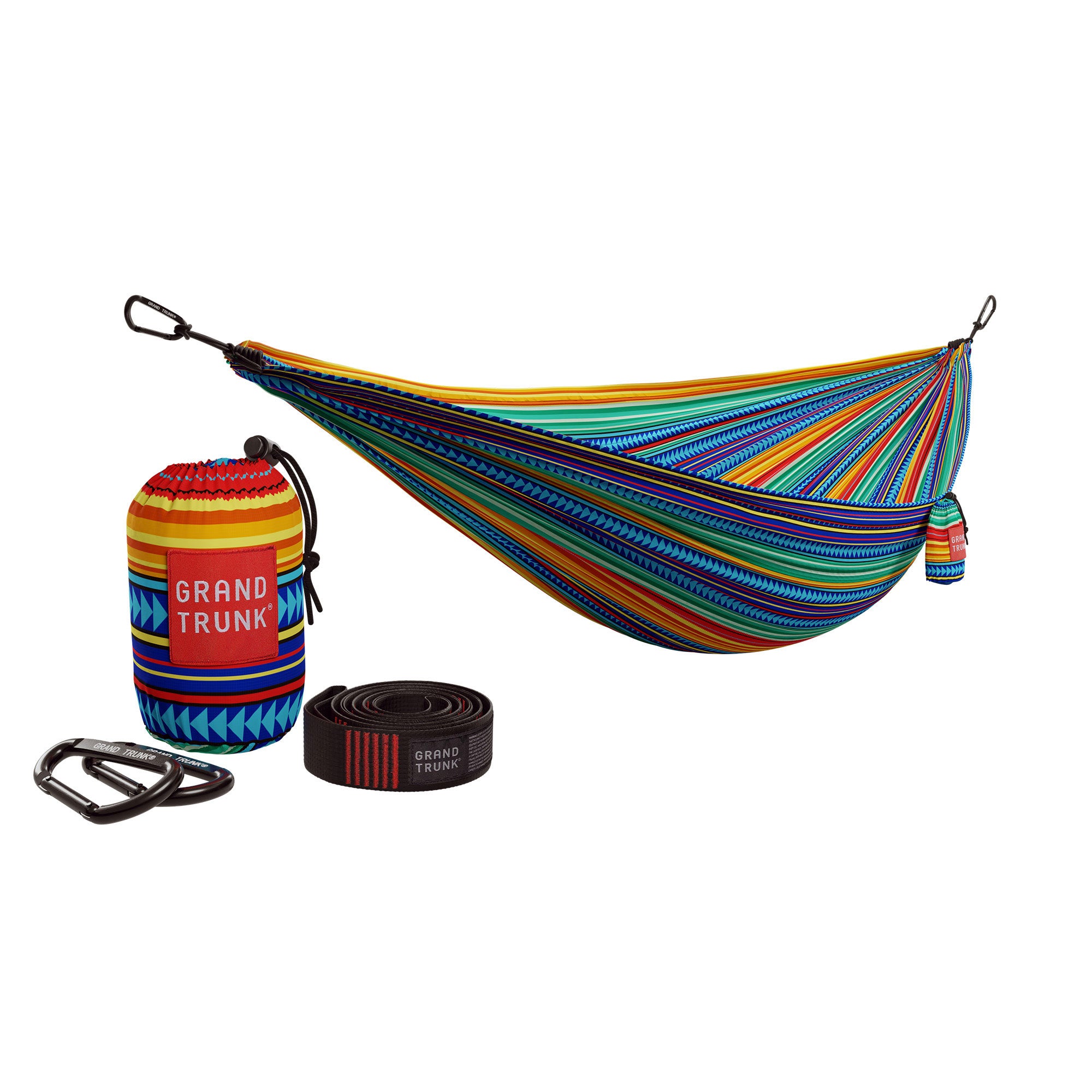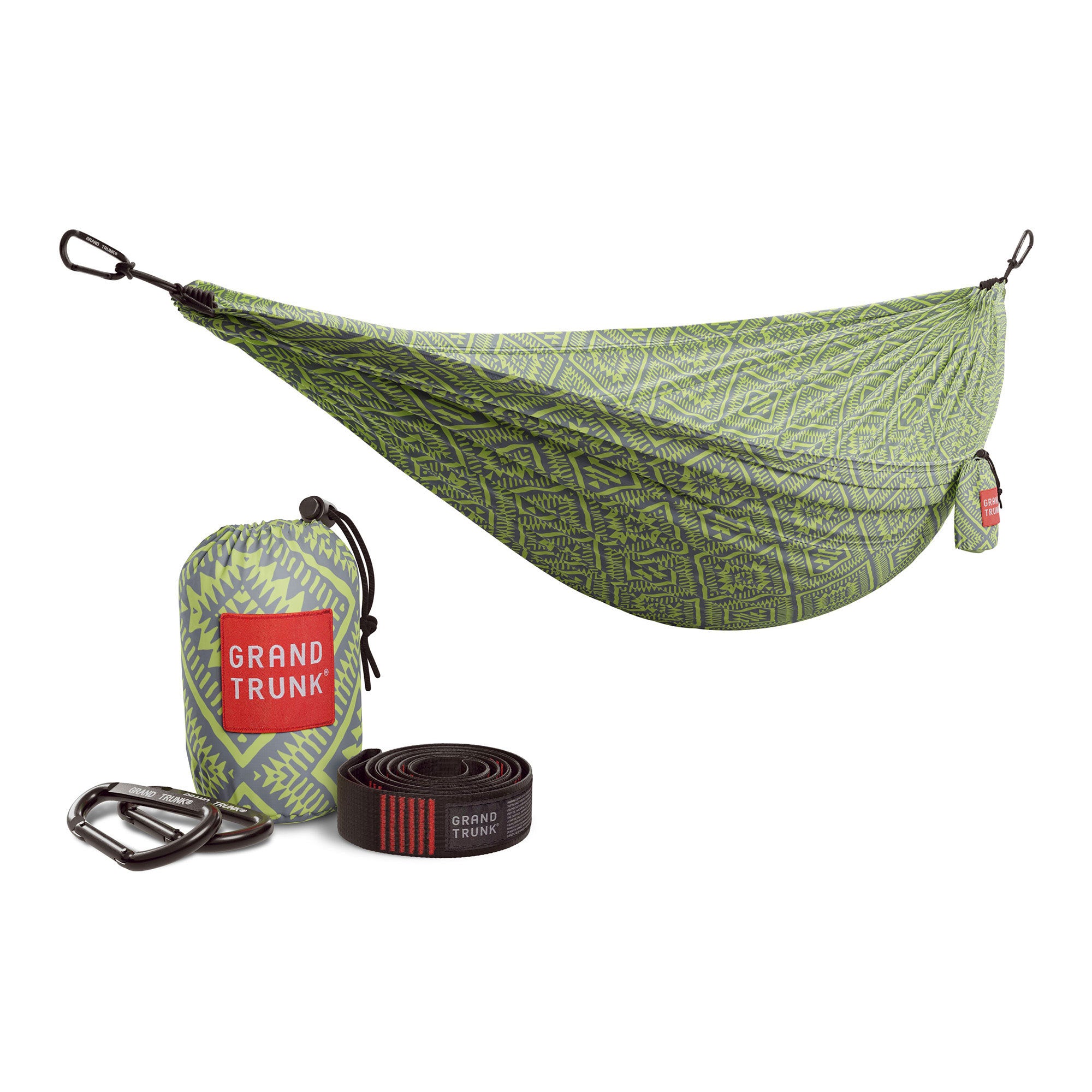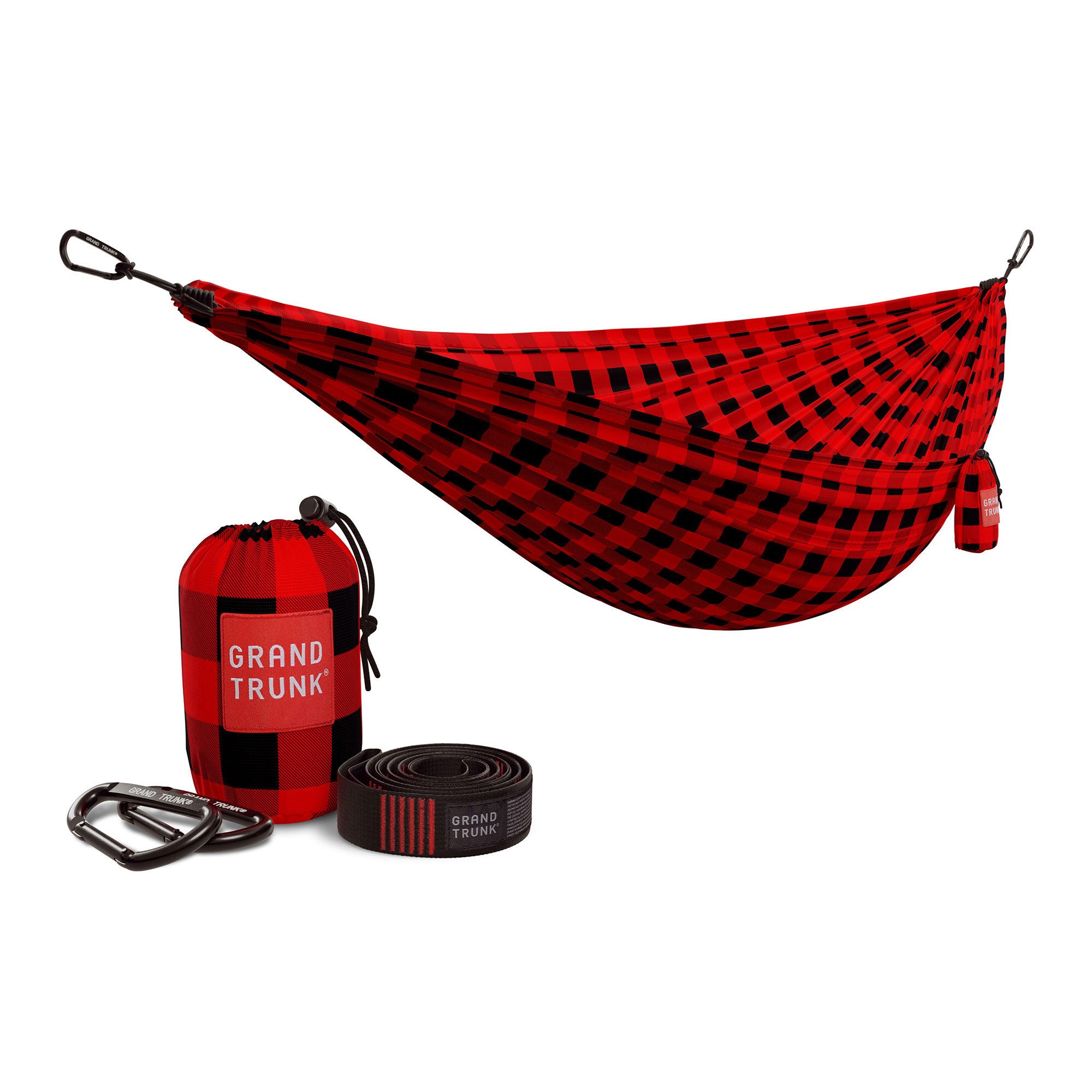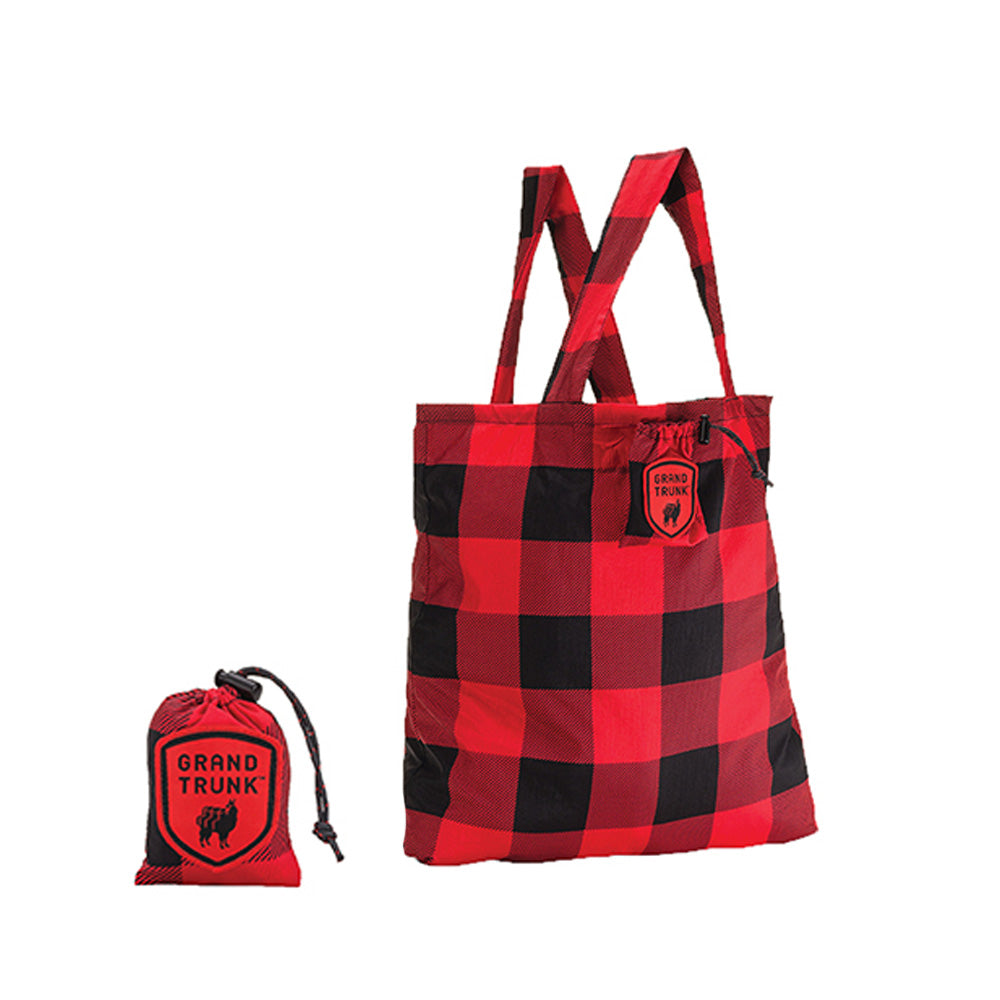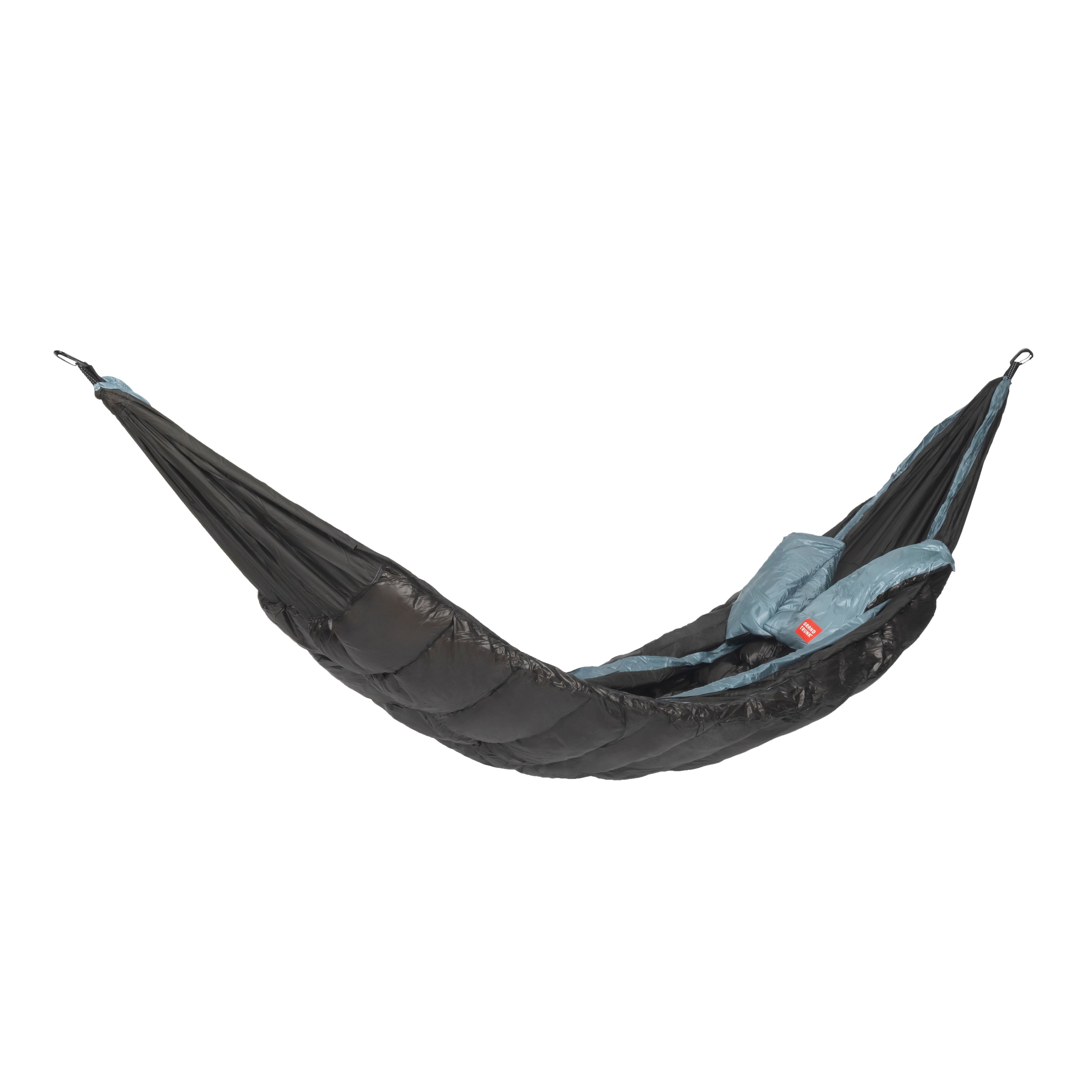Written by Ambassador: Sara Albertson @ourventuredogs
One of the most common questions I am asked is how I get my dogs to love the hammock. I was fairly lucky with my older dog, she jumped into the hammock pretty much on her first attempt and decided it was a nice place for a nap. Our second dog though, not so much.
Being suspended in an unstable, slippery surface isn’t natural to our four legged friends. However, there is a lot we can do to help our dogs prepare for hammocking.

Below are my recommended tips on how to get your dog to enjoy hammocking:
1. Keep your hammock low:
When just starting out with your pup, I recommend hanging the hammock low enough that the bottom of the hammock just grazes the ground when your dog is in it. This will give your dog some security as they get used to the texture and movement of the hammock. Hanging the hammock this low will also help boost your pup's confidence getting in and out of the hammock. Make sure your dog is totally comfortable before raising the hammock to a normal height. Additionally, as you raise the hammock, be sure to help your pup in and out, either by lifting them or by stabilizing the hammock. Remember, the number one goal is to make the hammock a safe, stress free place for your dog.
2. Place a pad inside the hammock:
Hammocks are slippery. If your dog is at all nervous in the hammock, they may try to grip the hammock using their nails which may lead to damaging the hammock. Adding a foam pad (such as a backpacking pad), will improve your dog’s grip as well as provide a bit more structure to the hammock. You can also try using a yoga mat, or even a towel. Additionally, I recommend ensuring your dog’s nails are trimmed or dremeled regularly prior to starting hammock sessions. If you don’t have access to some sort of pad, using booties may be a good alternative for some dogs.
3. Make it fun:
When getting my dogs used to the hammock, I use a lot of positive reinforcement. I begin by rewarding my dogs for stepping on the hammock on the ground, and I gradually work up to the hammock hanging at a low height and ultimately a normal height. I have taught both my dogs to “go up” and “get off” the hammock as verbal commands which makes it clear to them when I want them in and when I do not. As mentioned above, it is critical to ensure that you are helping your dog safely enter and exit the hammock. I find it helpful for my own dogs to start with short sessions before working our way up to longer sessions.
4. Hammock when your dog is ready to relax:
Most dogs enjoy the hammock more when they are already relaxed, for example, after a hike or during a natural down time. Trying to get your dog to relax in the hammock when they are excited may make the process more frustrating than you want it to be. Because we mostly are hanging in places that my dogs enjoy sniffing and exploring, I like to always give them a few minutes to check out the location before asking them to relax in the hammock with me. If your dog is having a hard time settling in the hammock, consider providing them with an outlet for biological fulfillment (such as fetch or sniffing) rather than making the hammock confinement a source of frustration for them.
5. Find a position that is comfortable for both of you:
Both my dogs are medium sized and they naturally gravitate towards being near my feet. Once in a while, one of my dogs will prefer to lay next to me. I find that many larger dogs prefer being near the end of the hammock where it's naturally more taught with less give—one of my friend’s dog enjoys sleeping by her shoulder! Experiment with configurations to see where your dog enjoys settling the best.

There is nothing I love more than hammocking with my girls after an adventure. Remember that hammocks are not natural to dogs and that it requires a lot of patience, praise, and treats to get many dogs accustomed to hanging. Take hammock introductions slow and avoid pushing your dogs when they are uncomfortable.
We thank Sara for sharing these wonderful tips on hammocking with dogs. We want to remind all that hammocks are not intended for our furry friends, even though they enjoy them greatly. Please take all safety precautions and never leave your pet unattended in a hammock.

